EXTREMELY RARE! WWII 1944 Celebes & Timor Island U.S. 5th Air Force Southwest Pacific Theater Combat Flight Navigation Map (Specially Produced For U.S. 5th Air Force Missions)
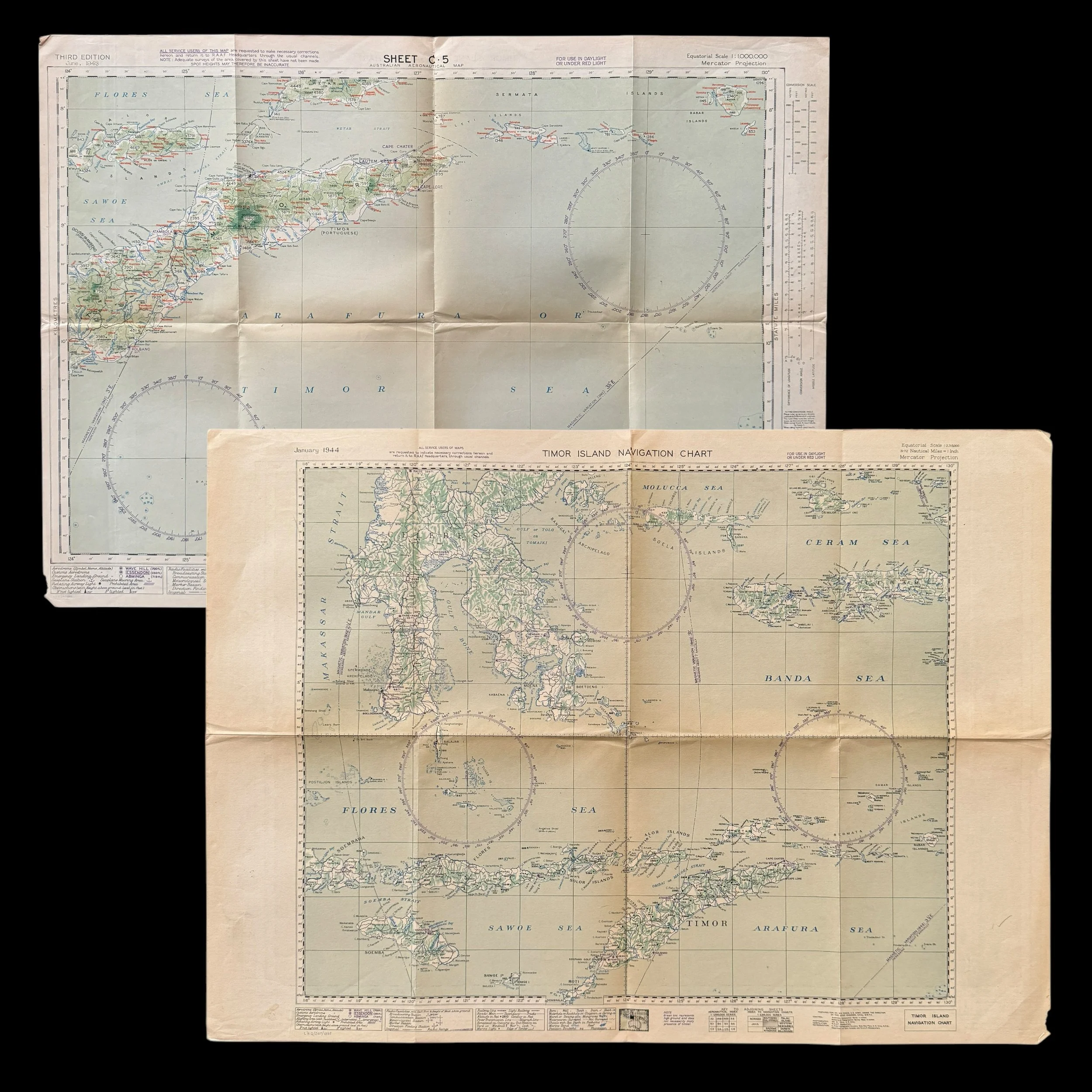
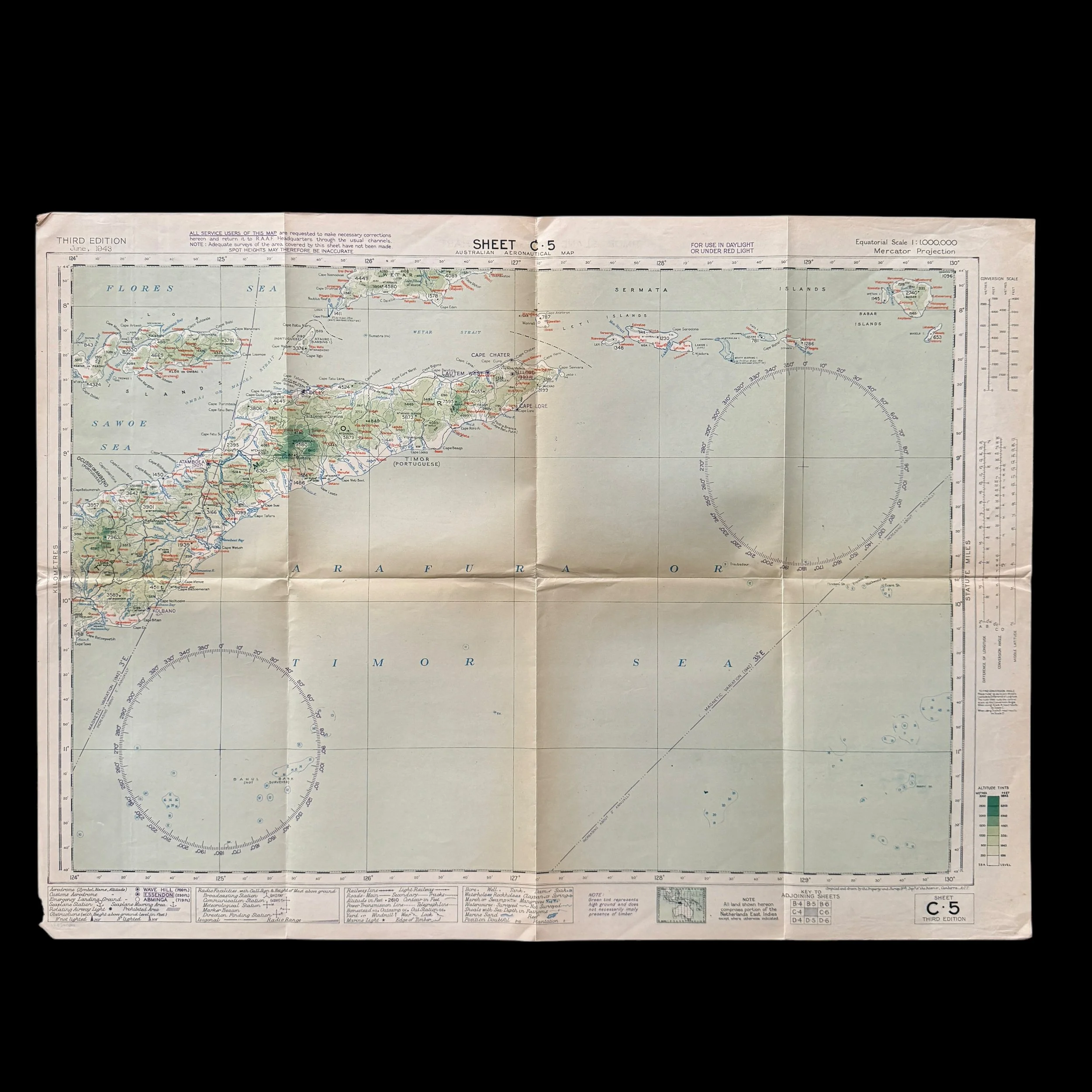

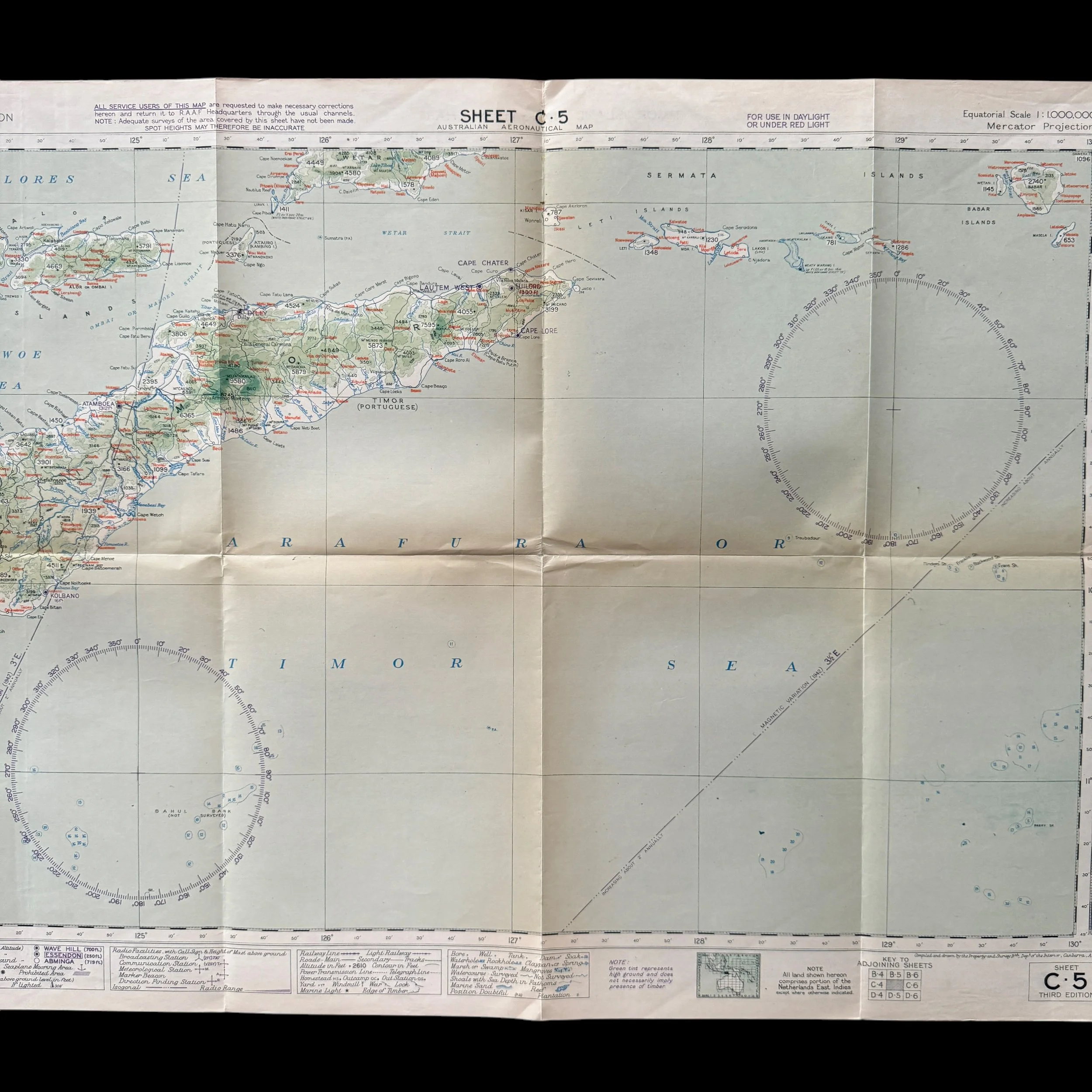
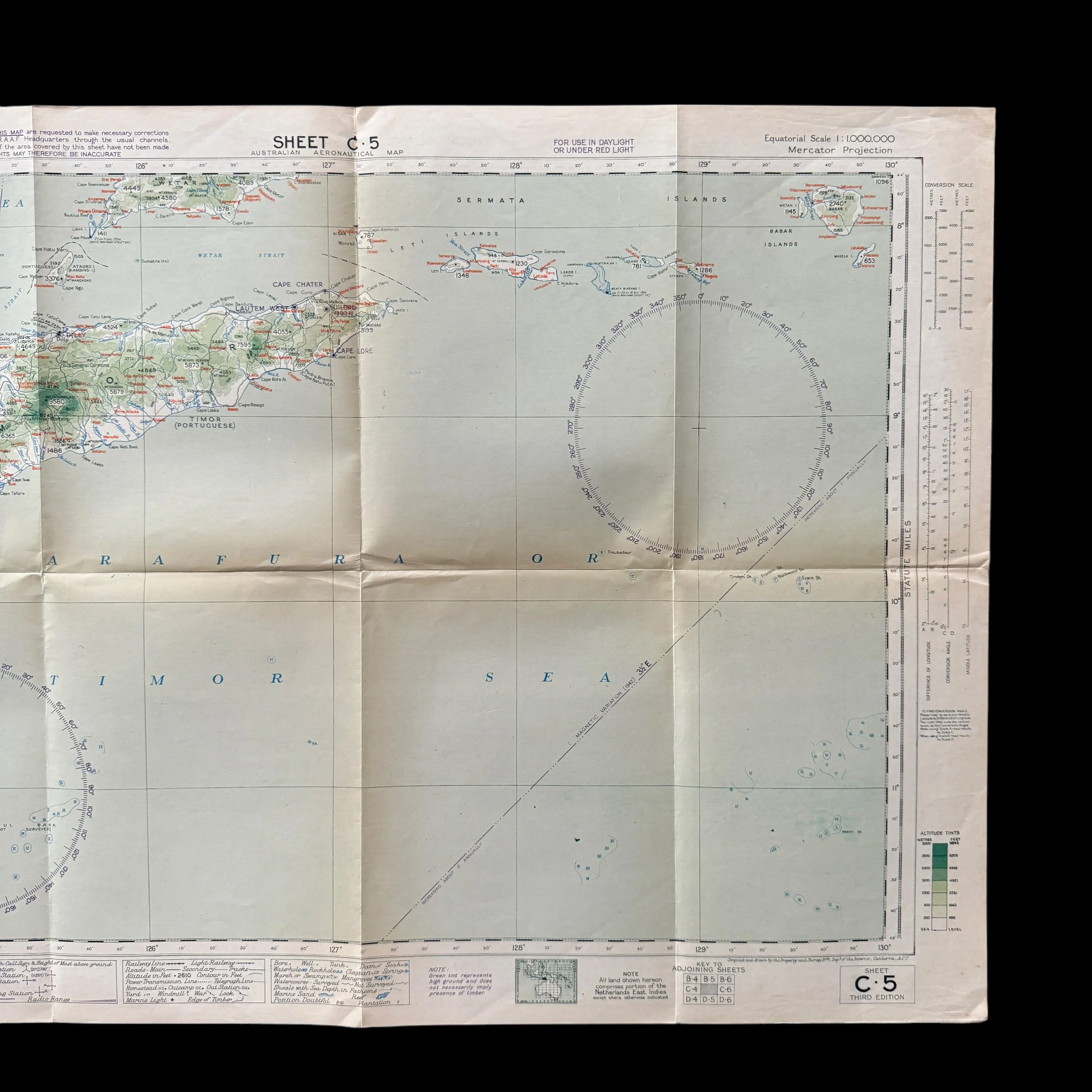
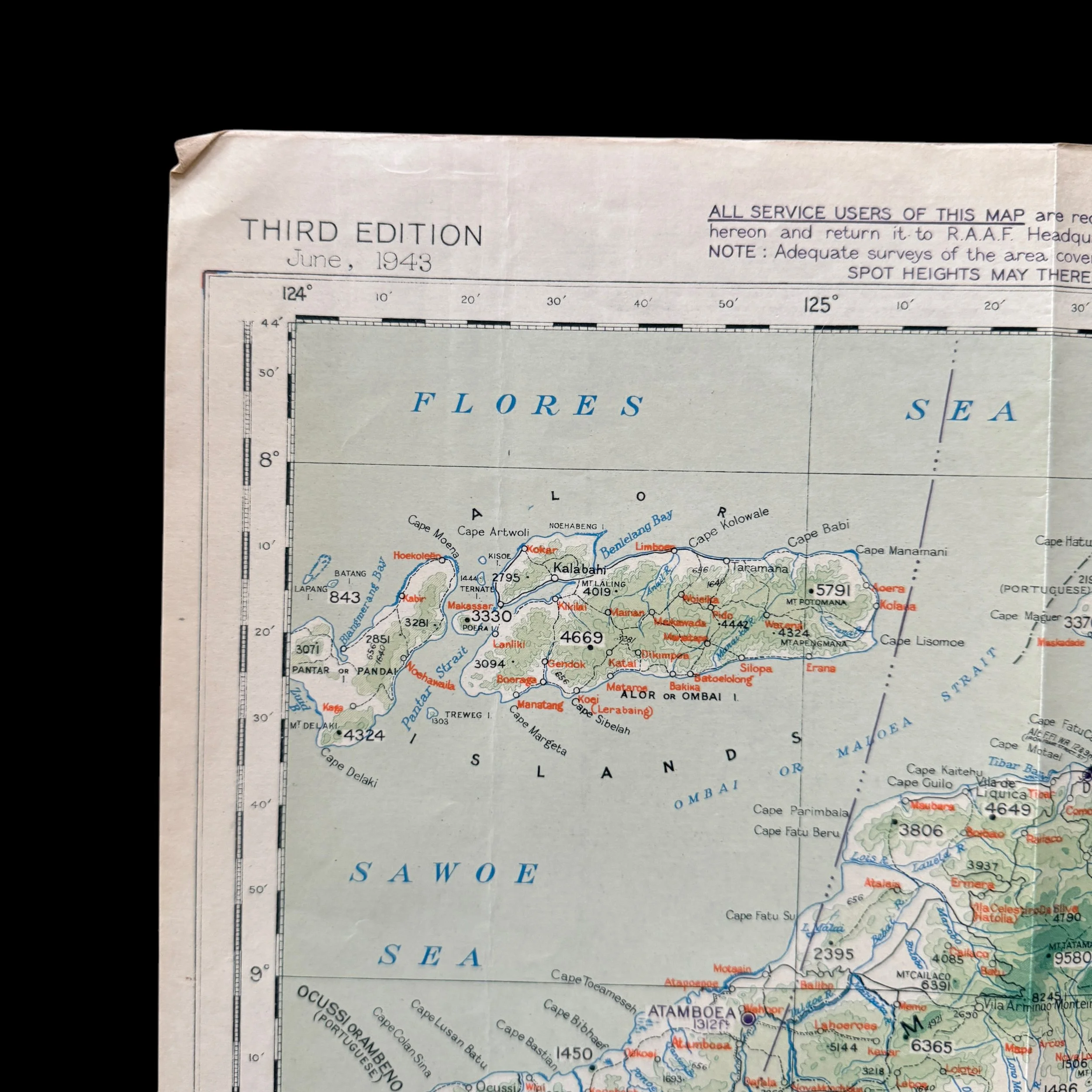

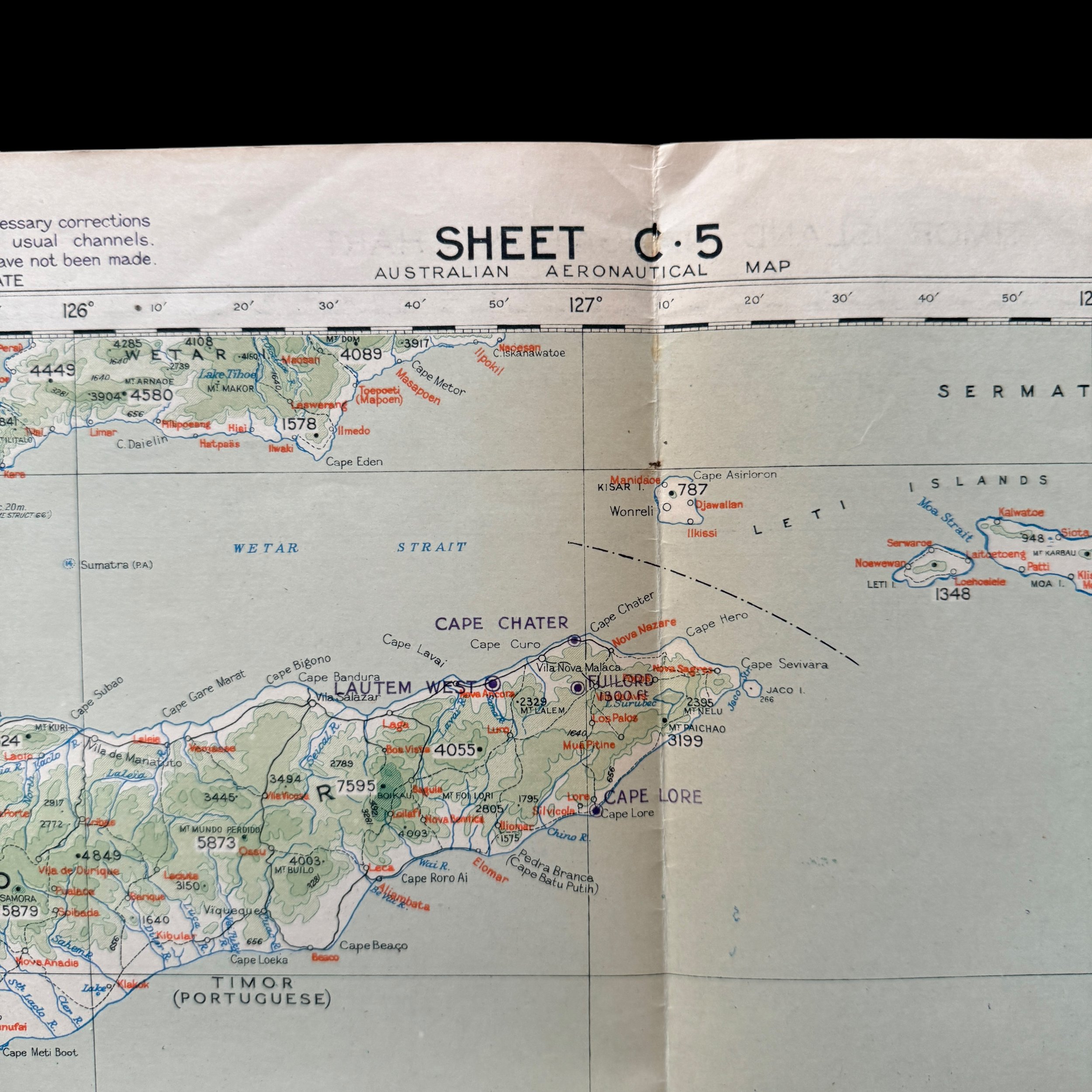
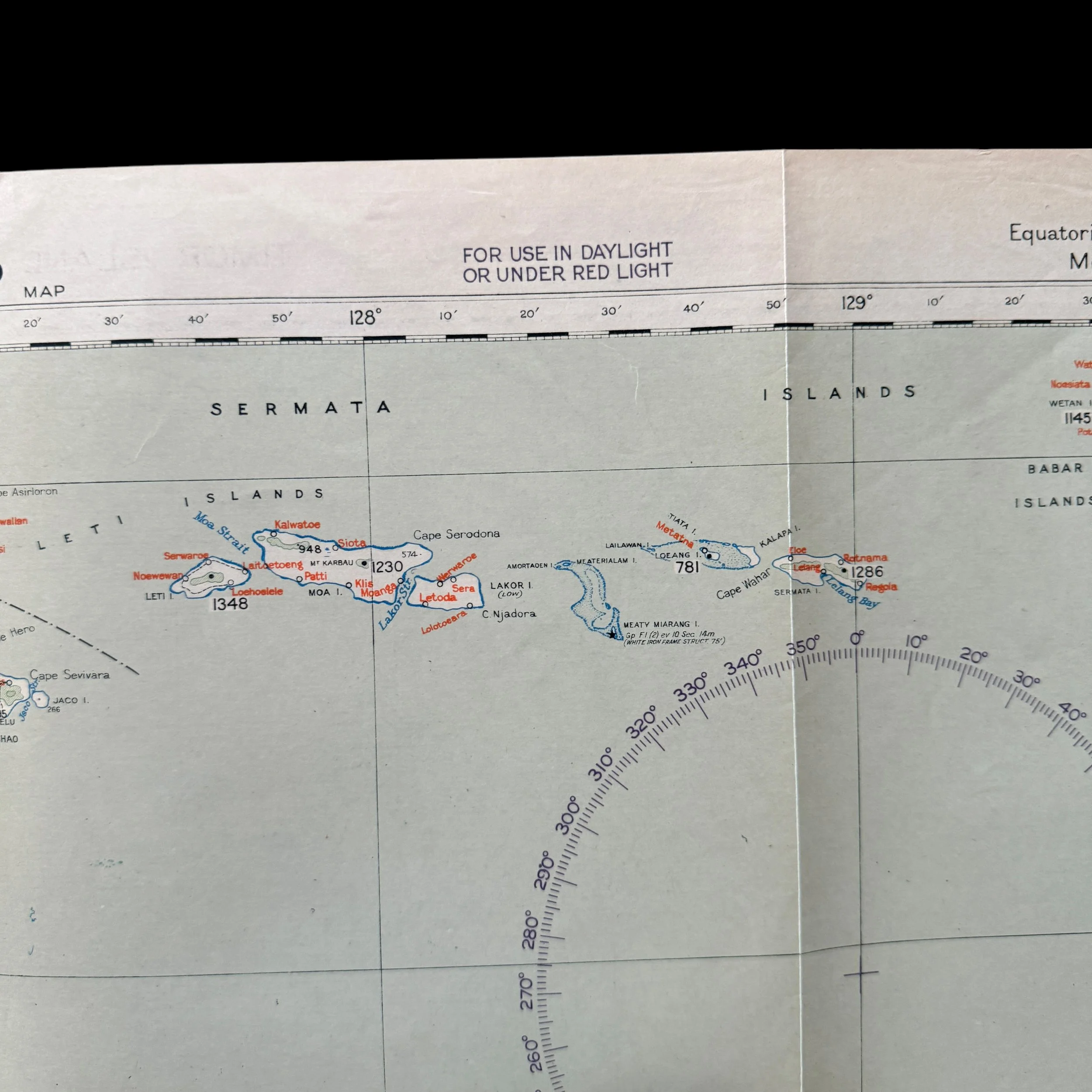
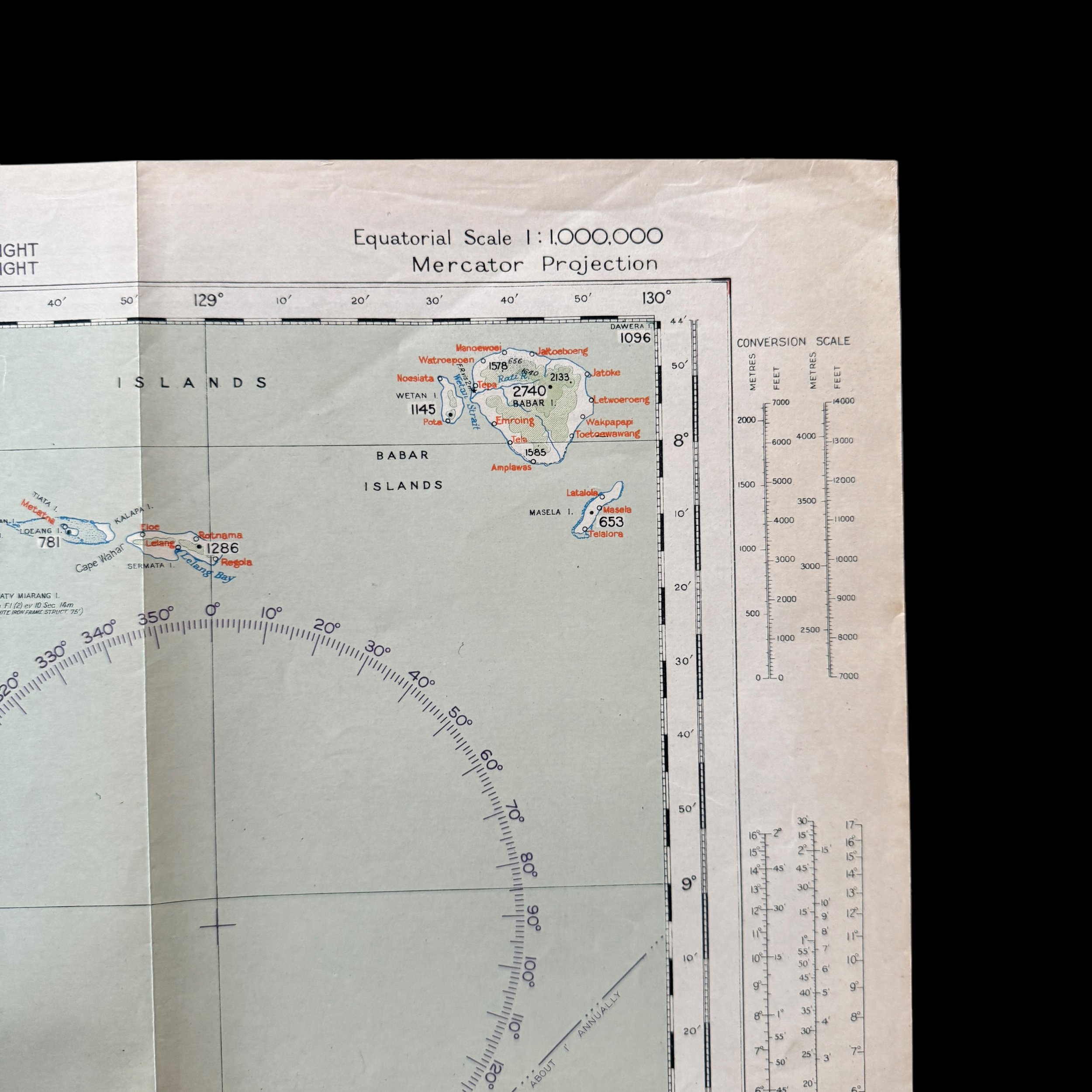
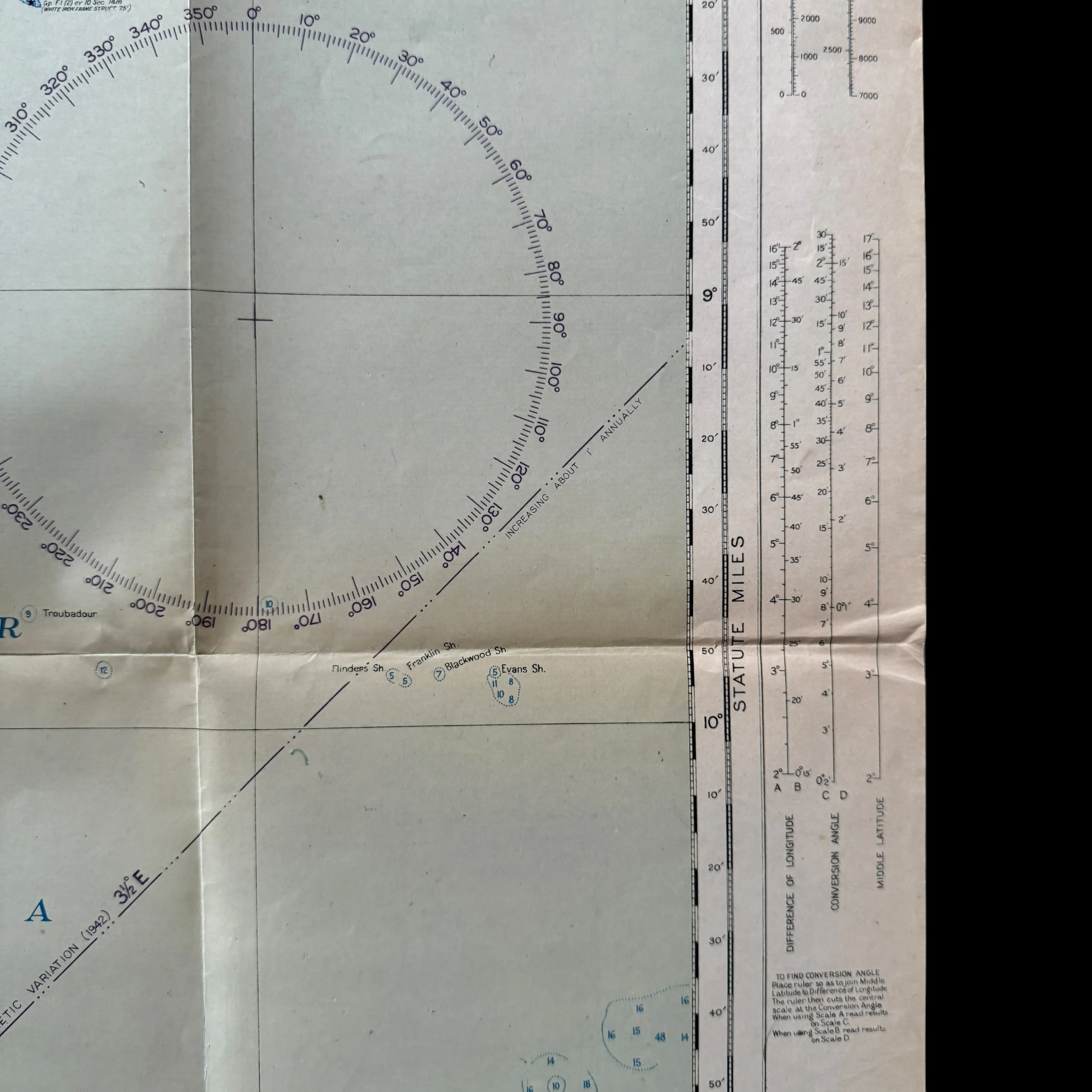
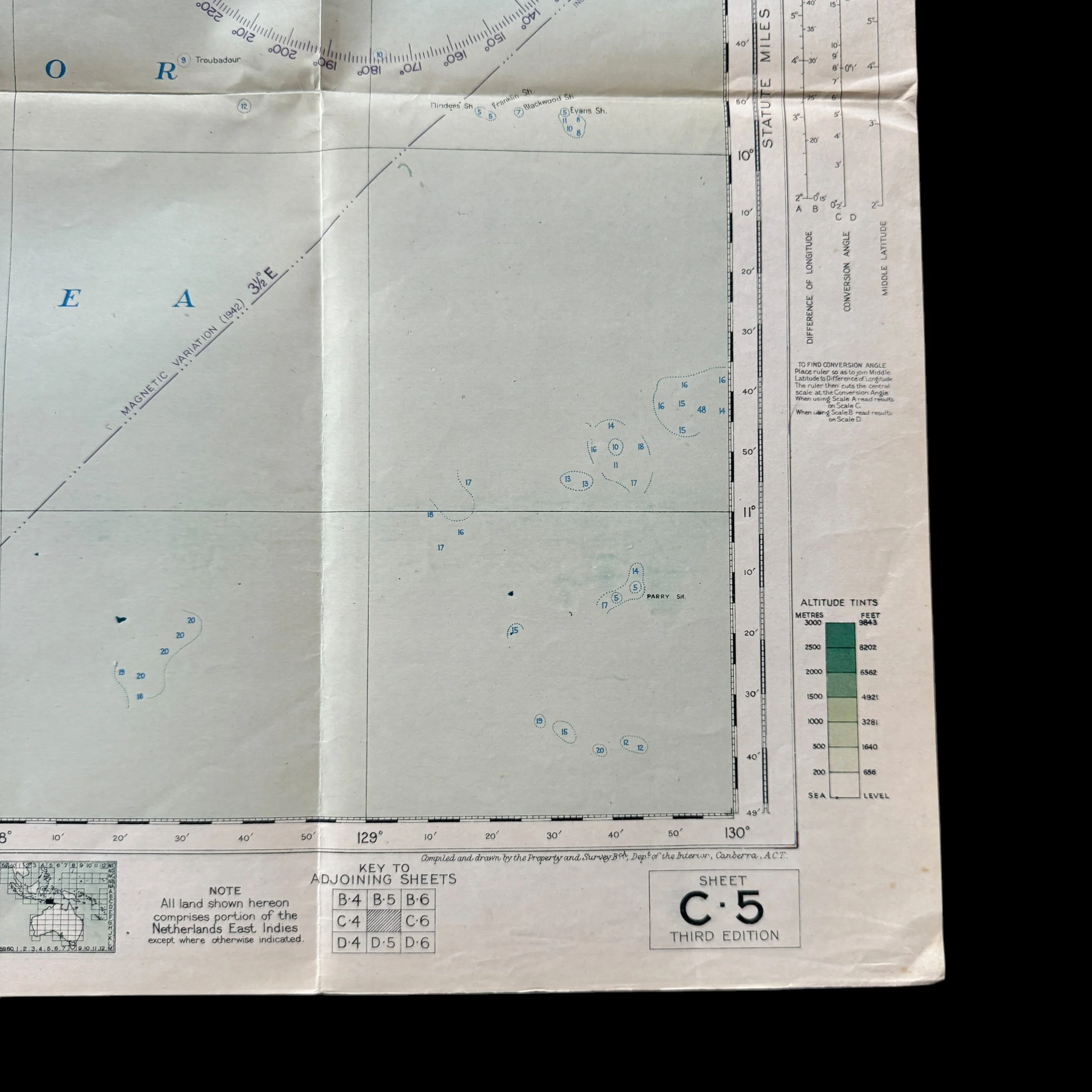

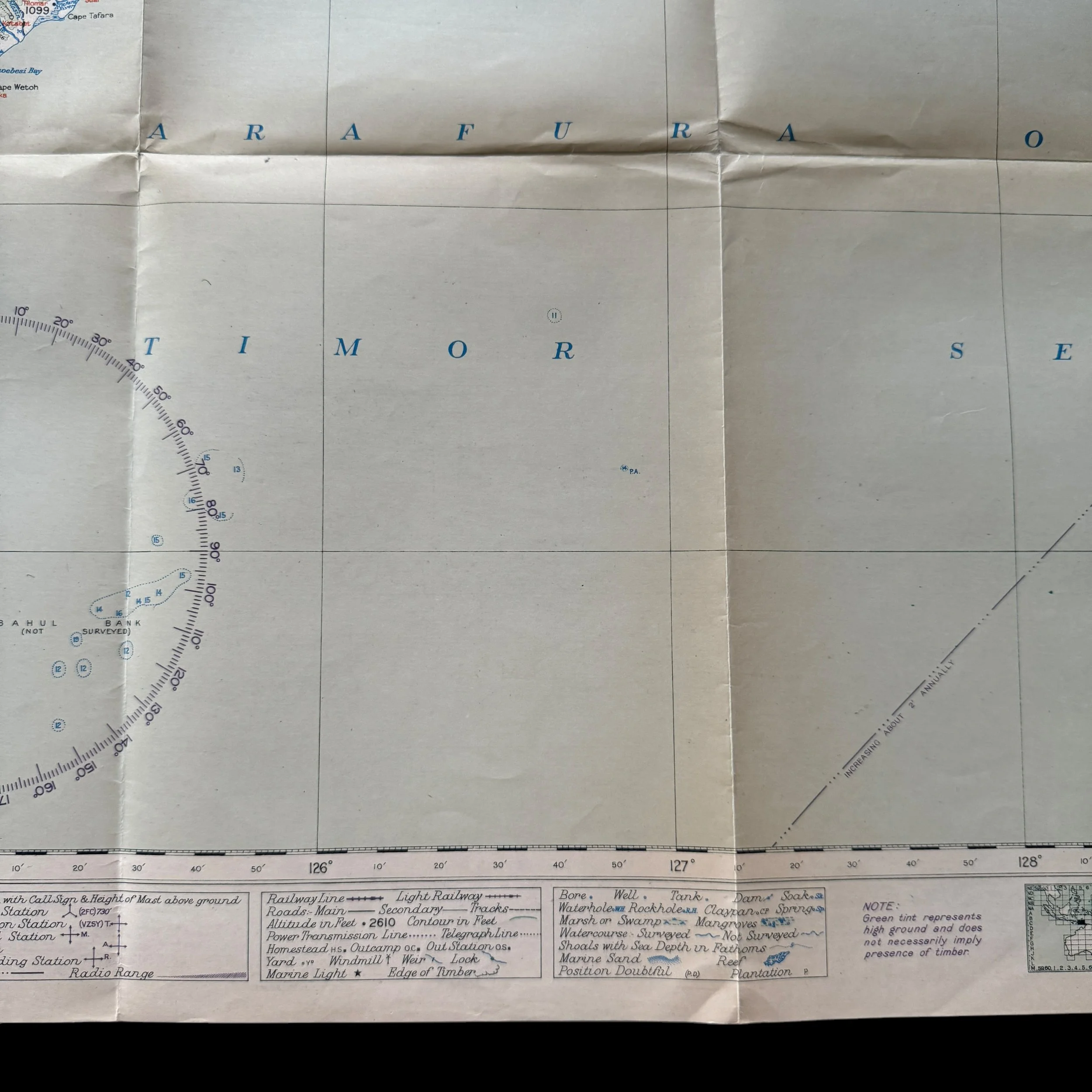

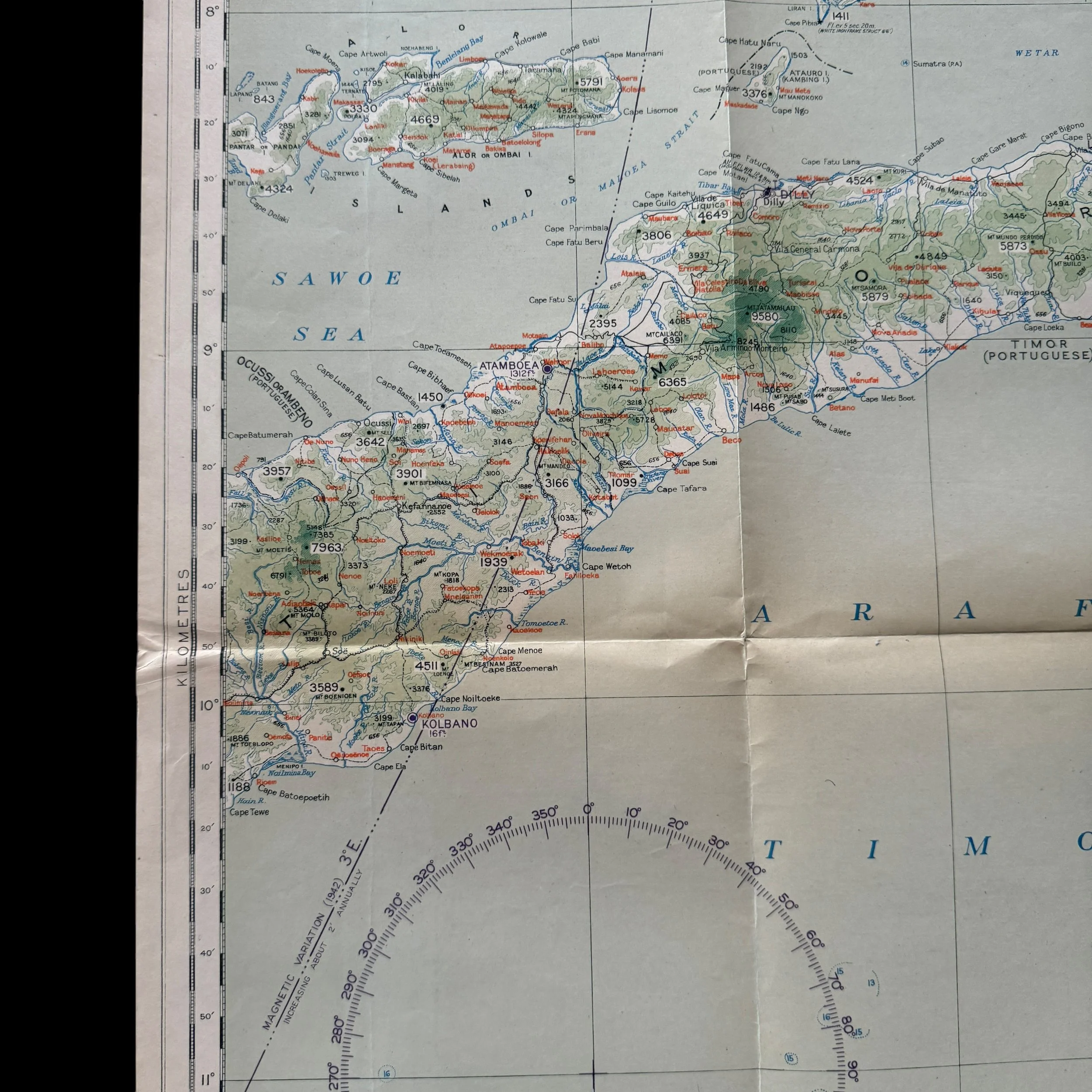
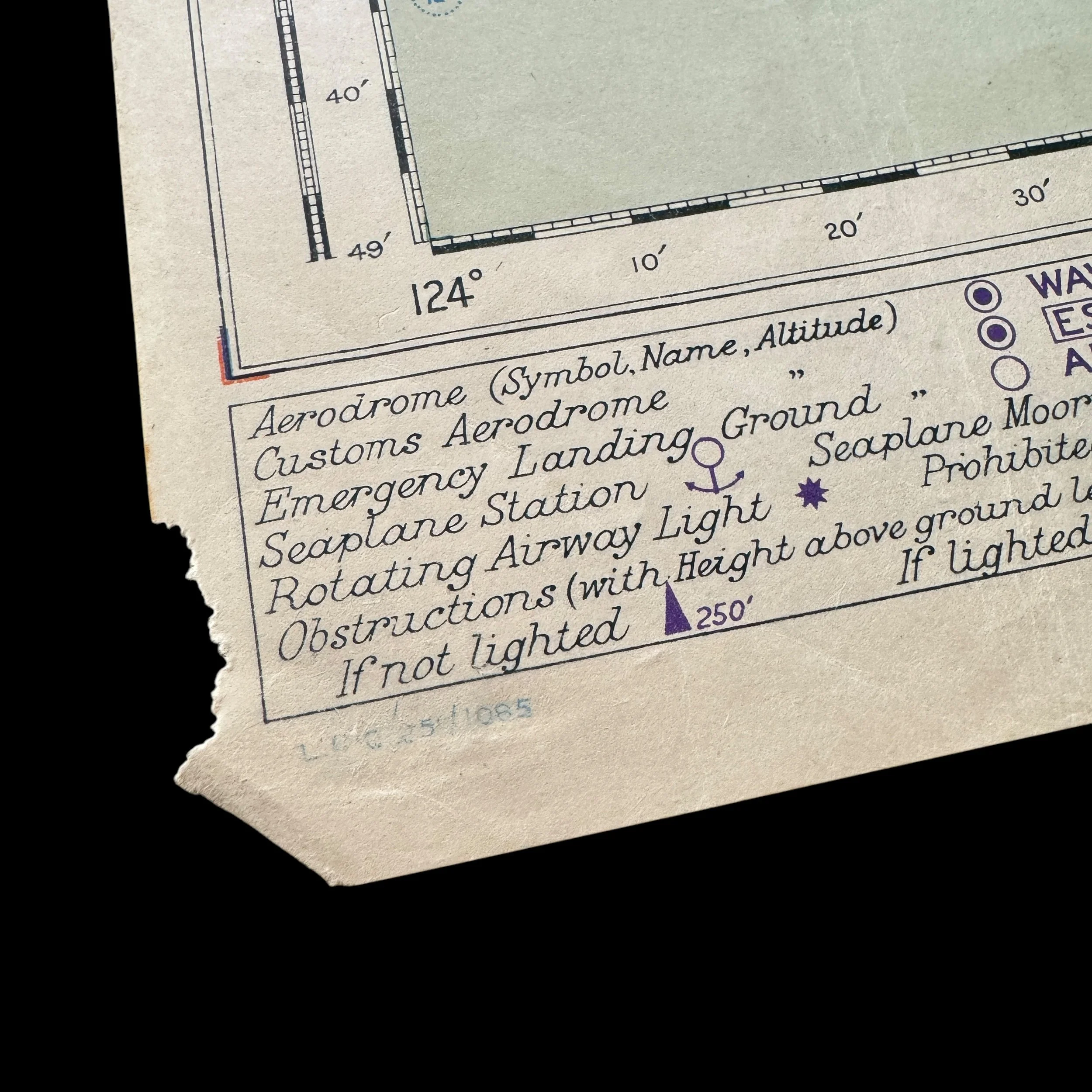

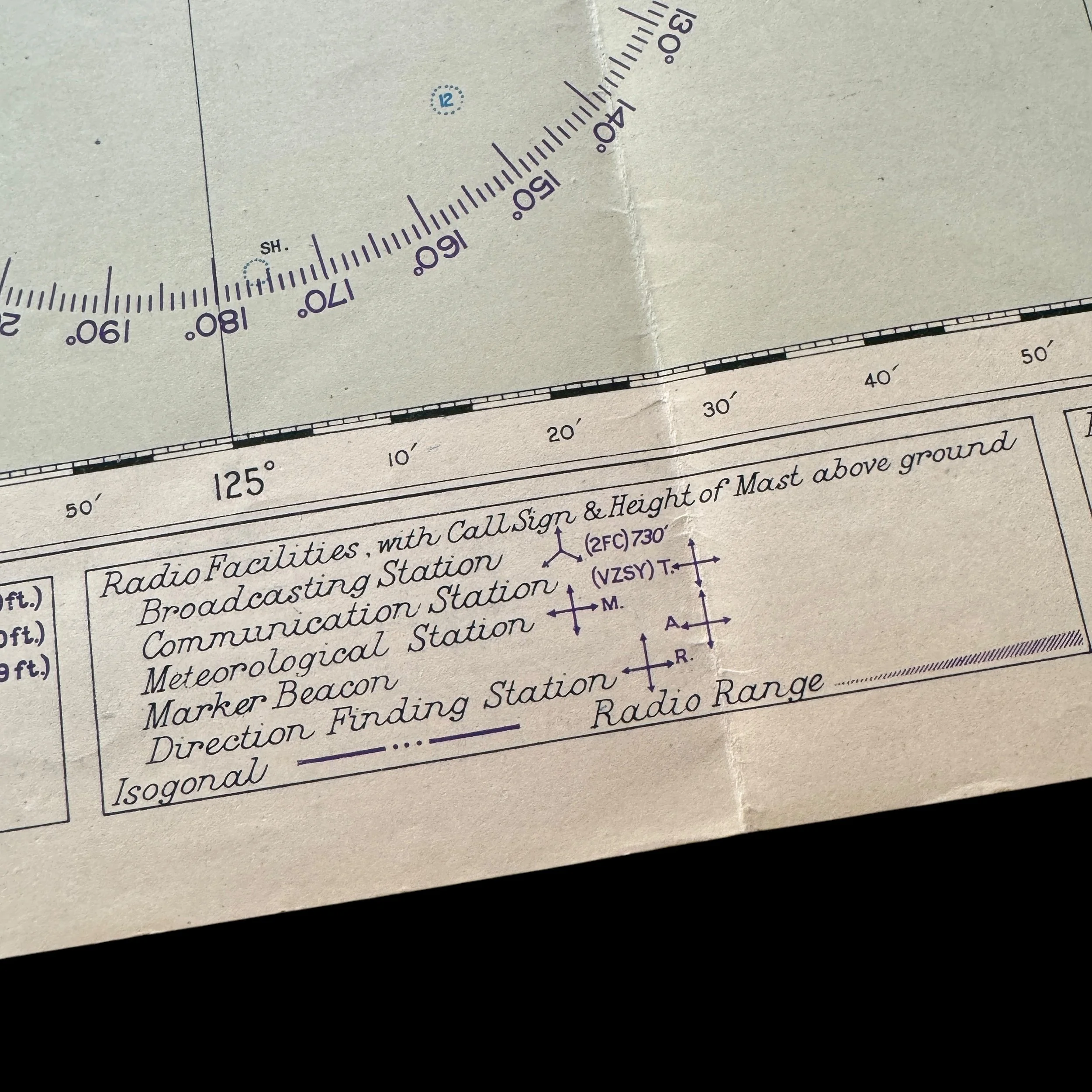
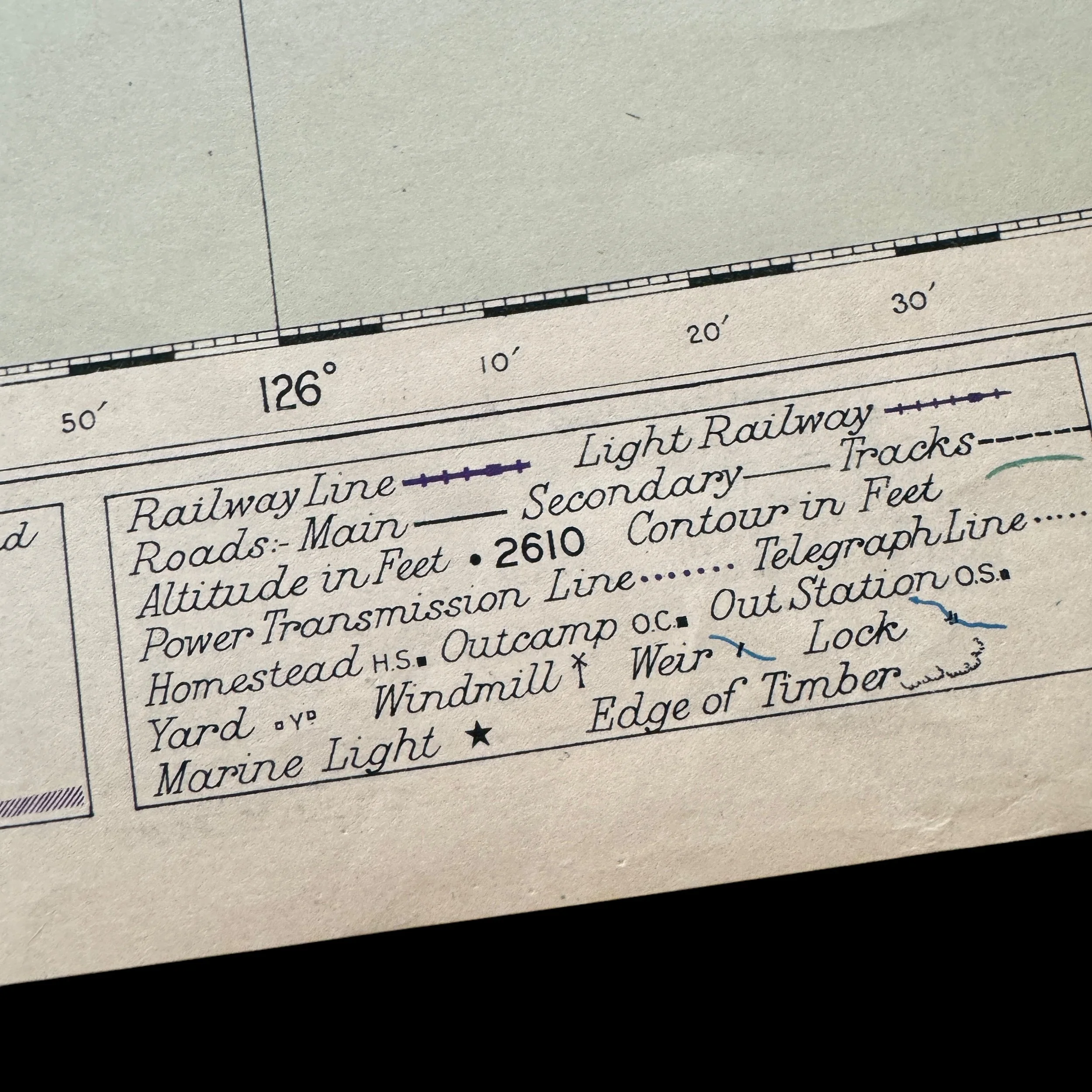
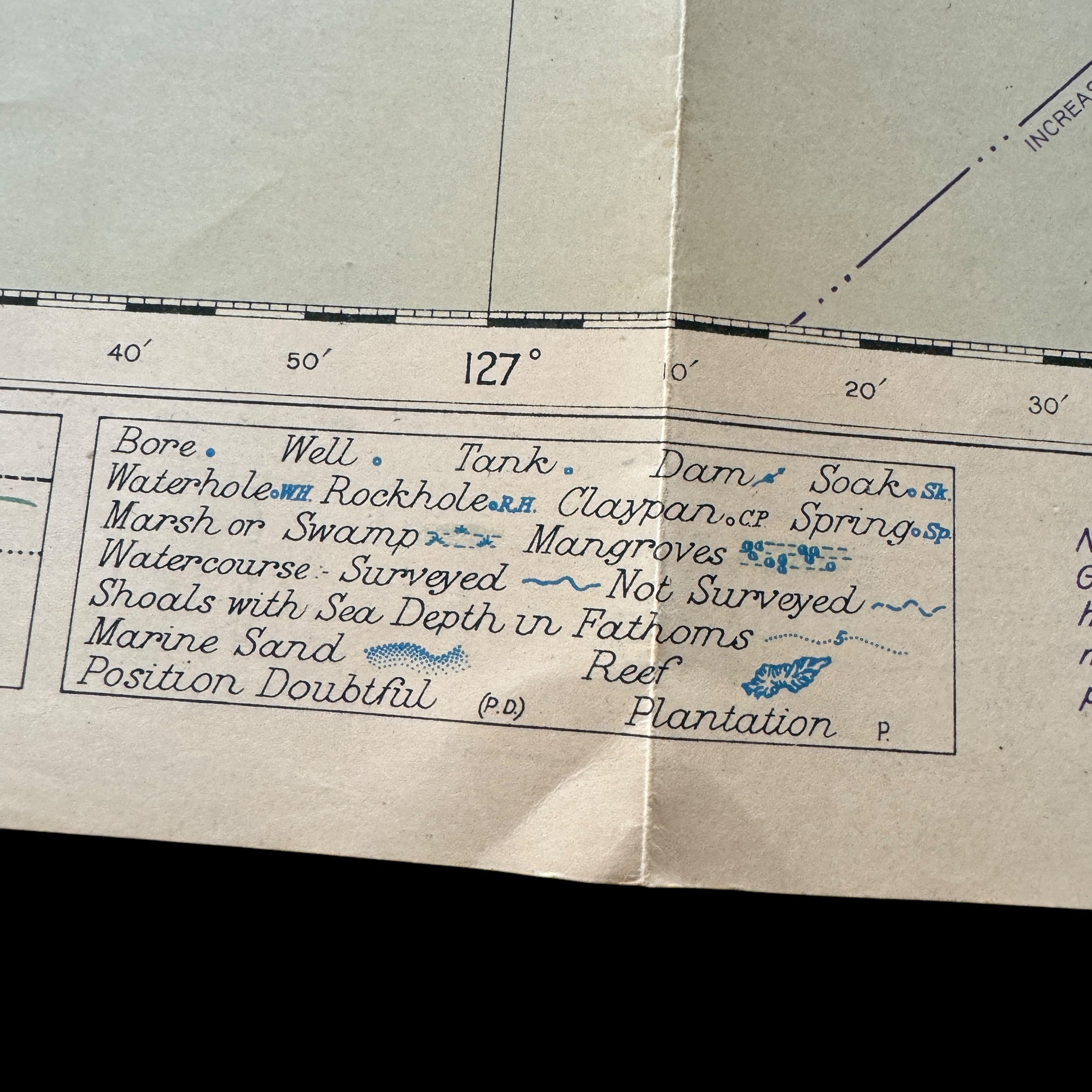
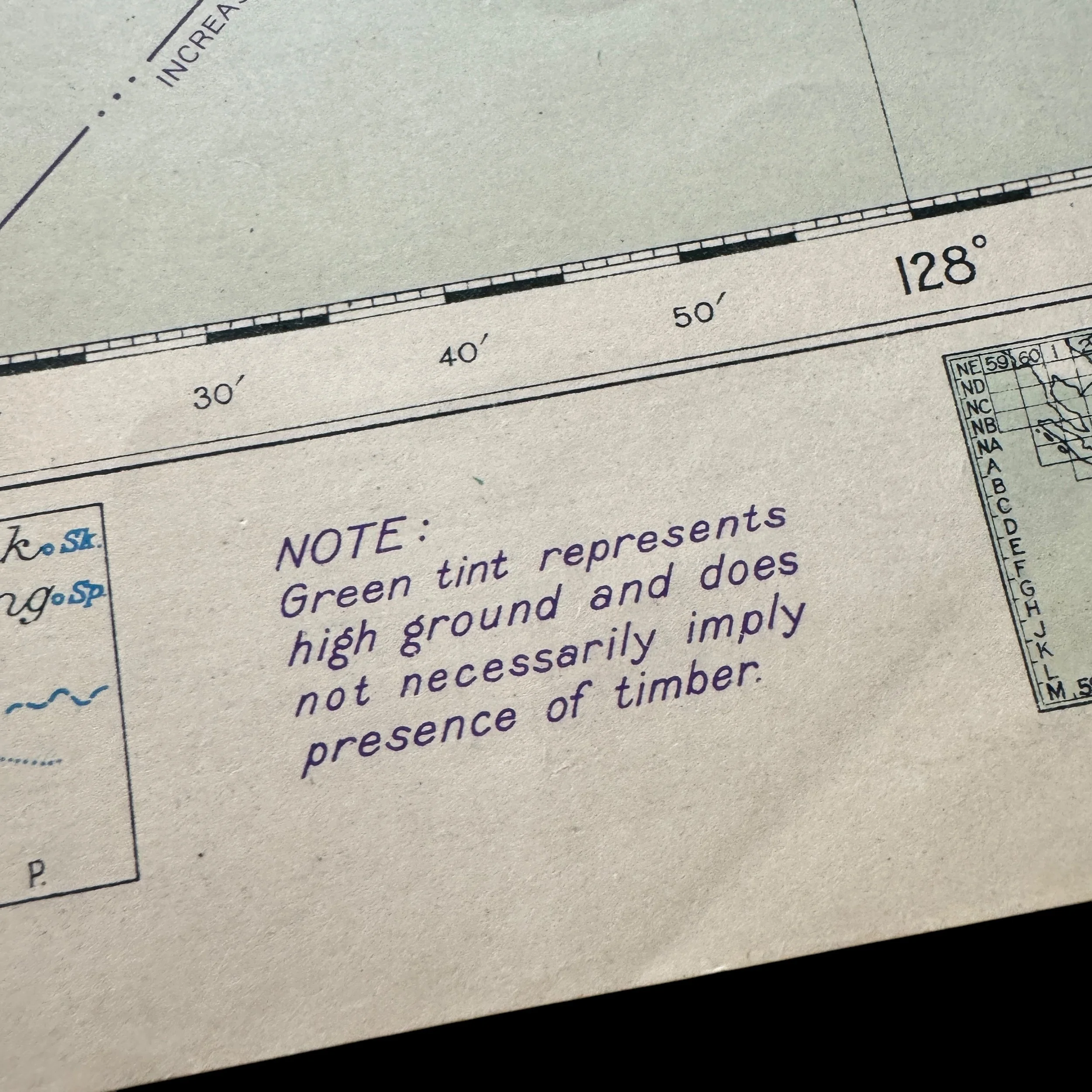
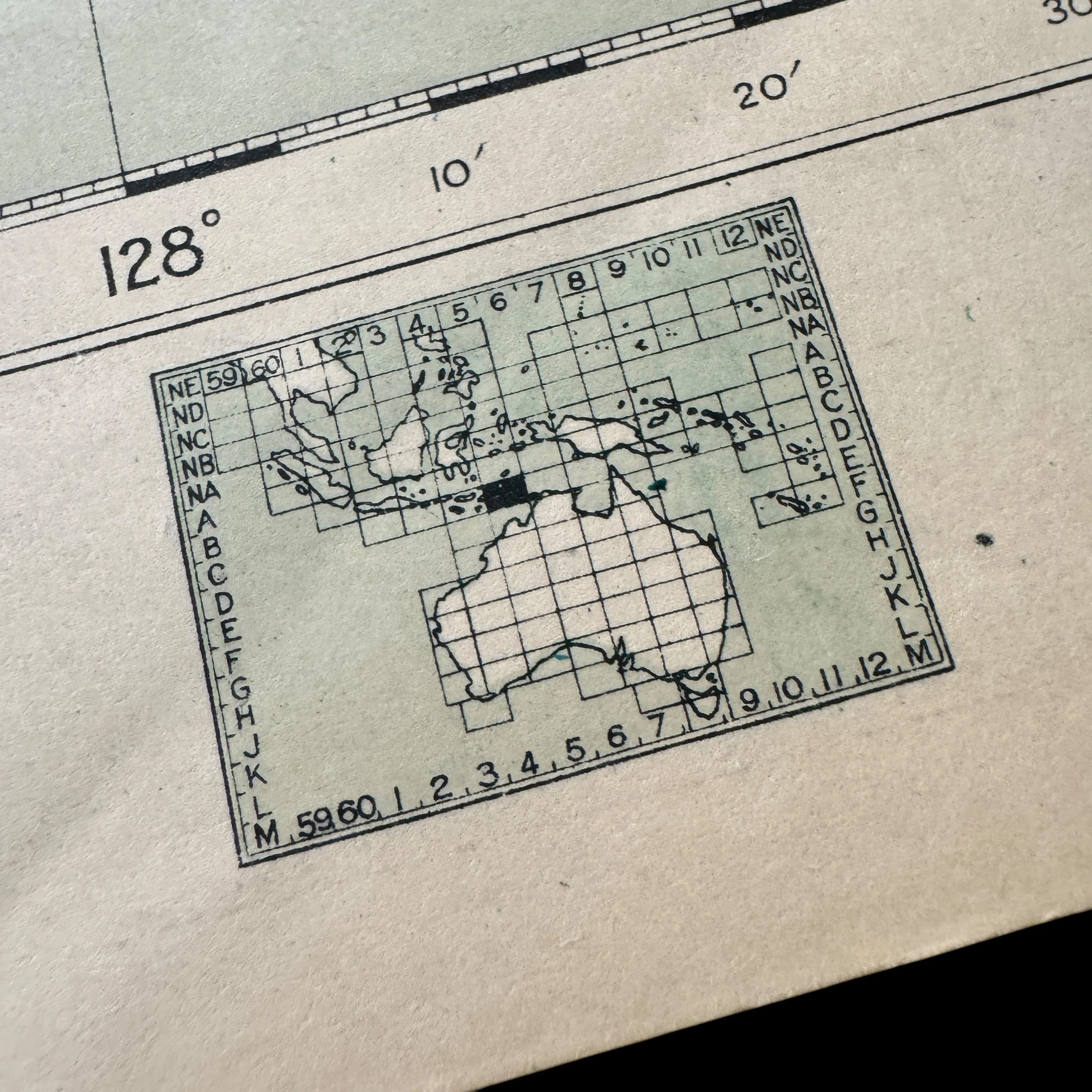

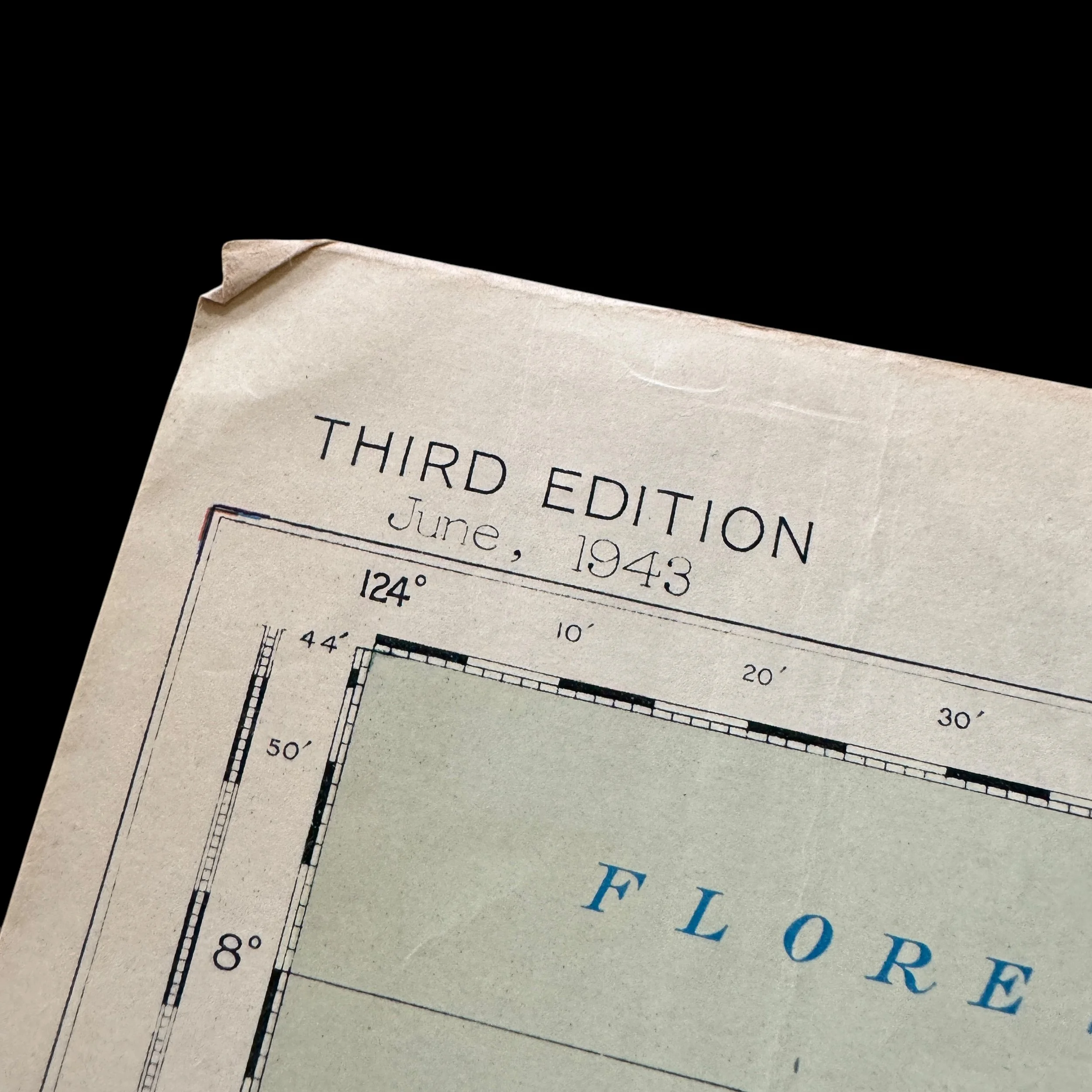
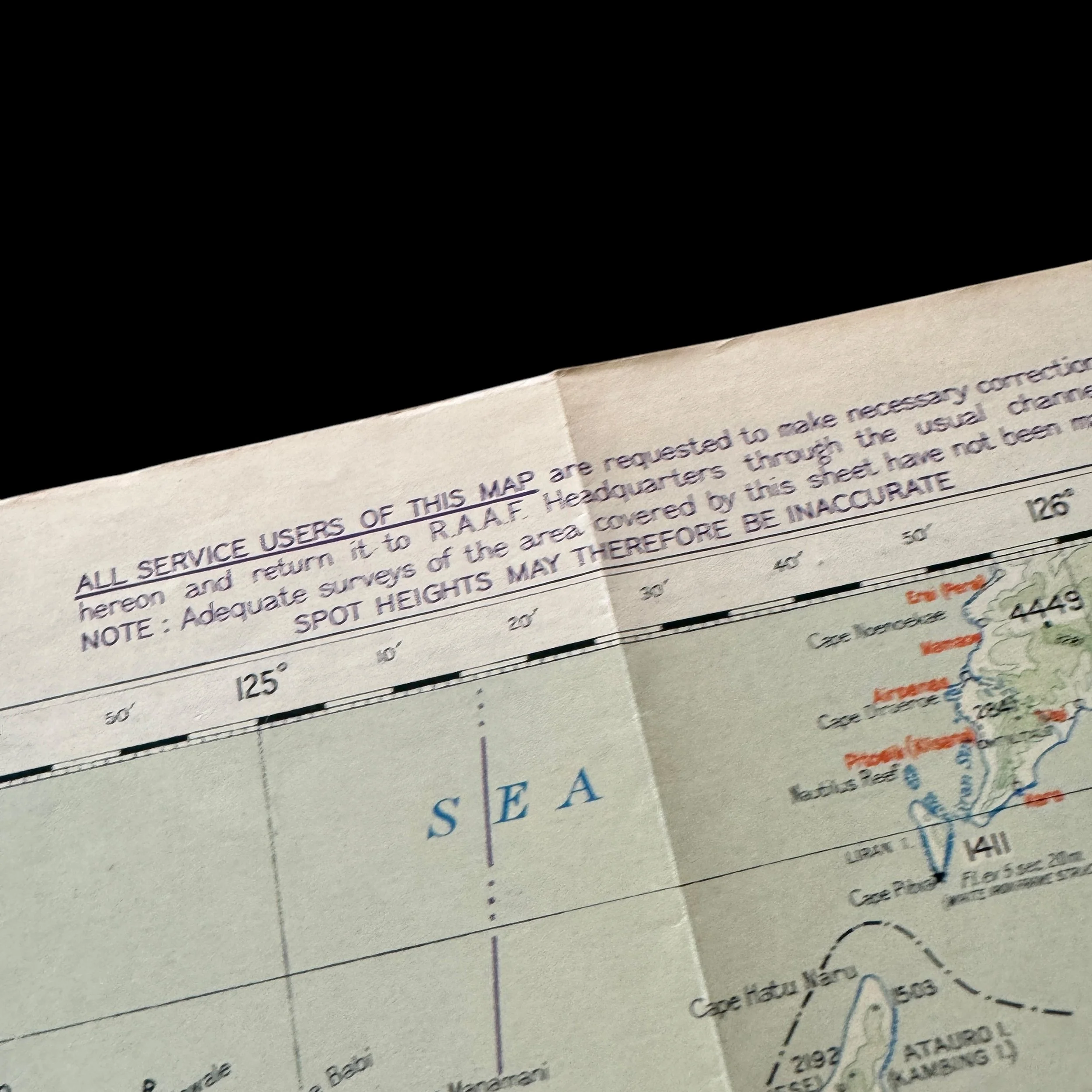


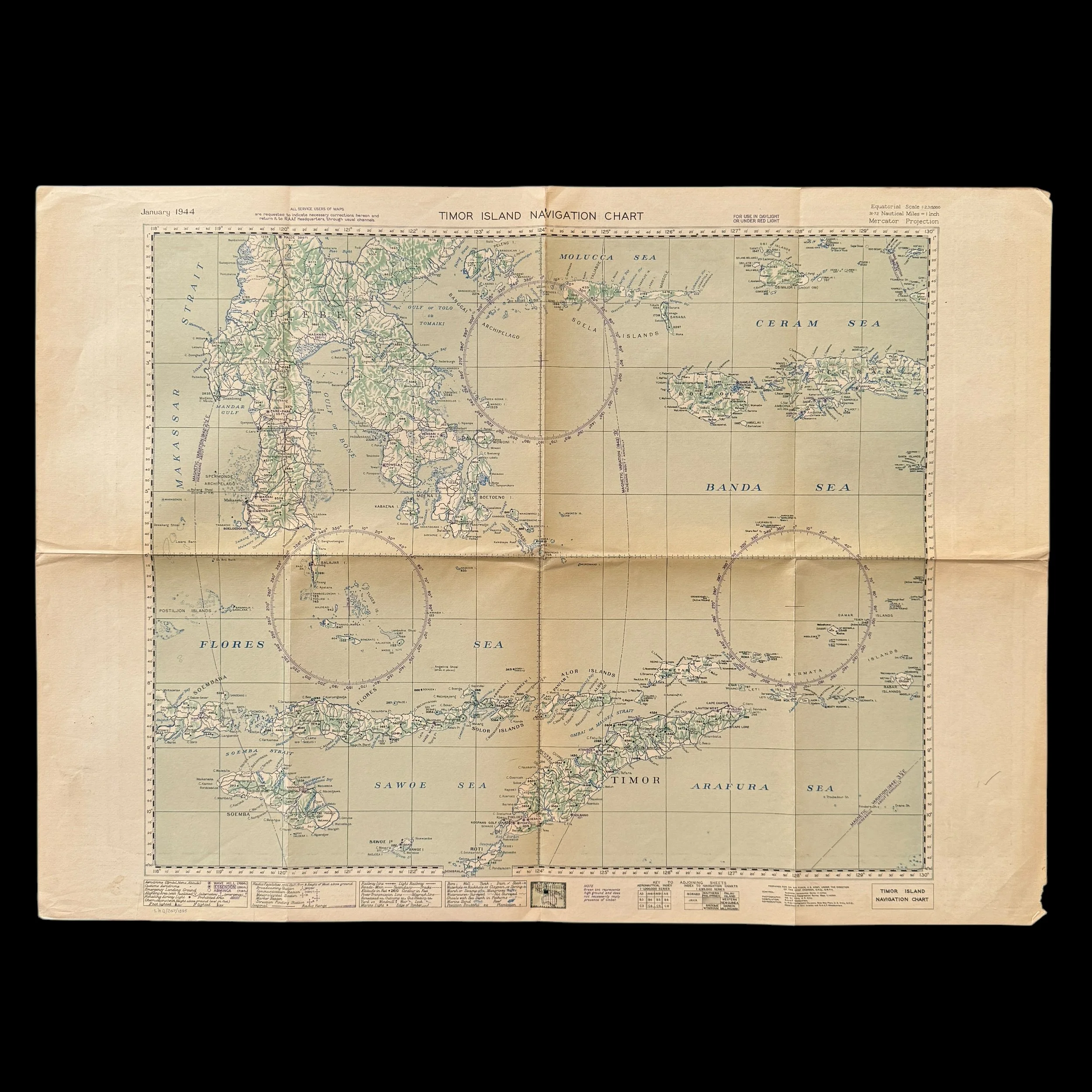

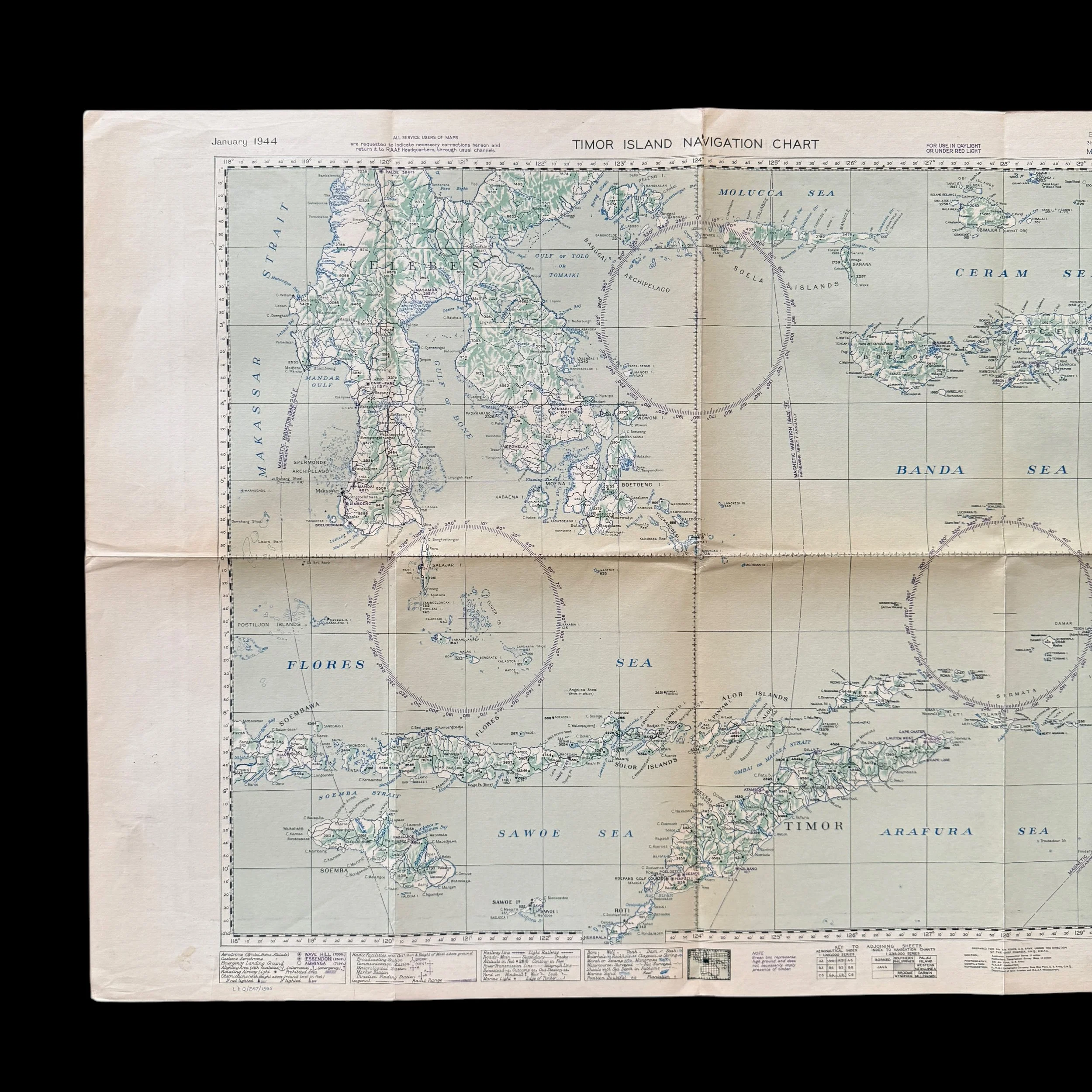
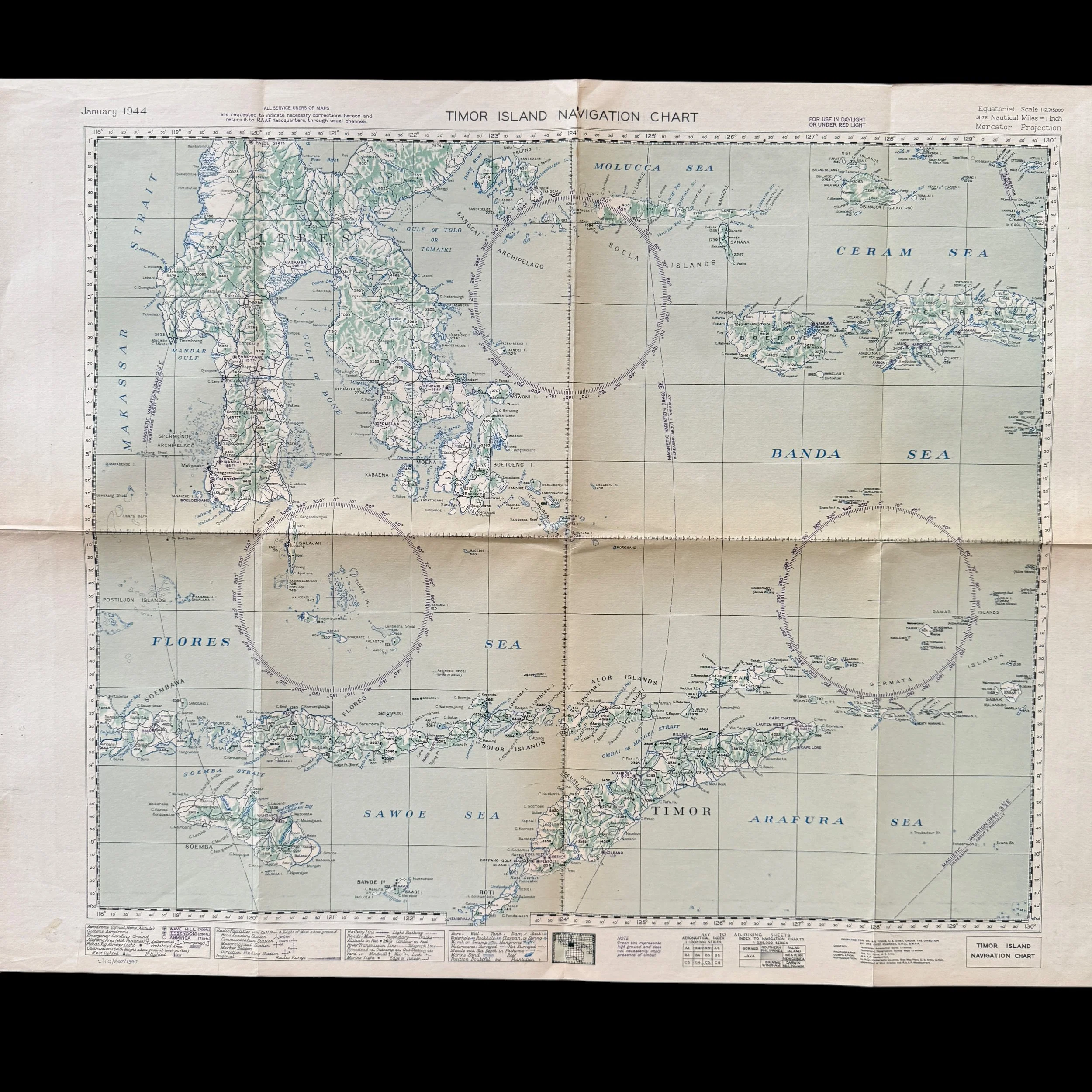

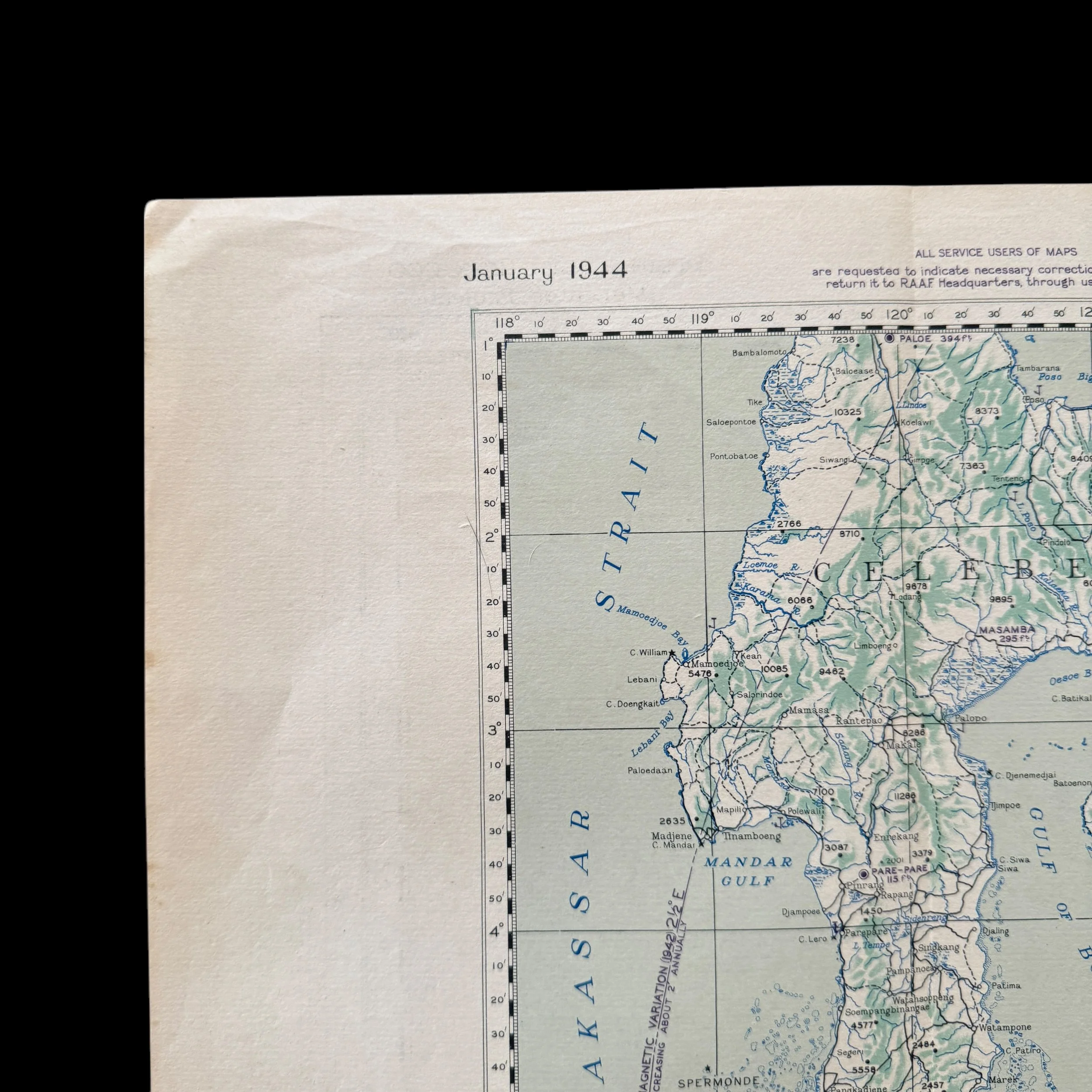

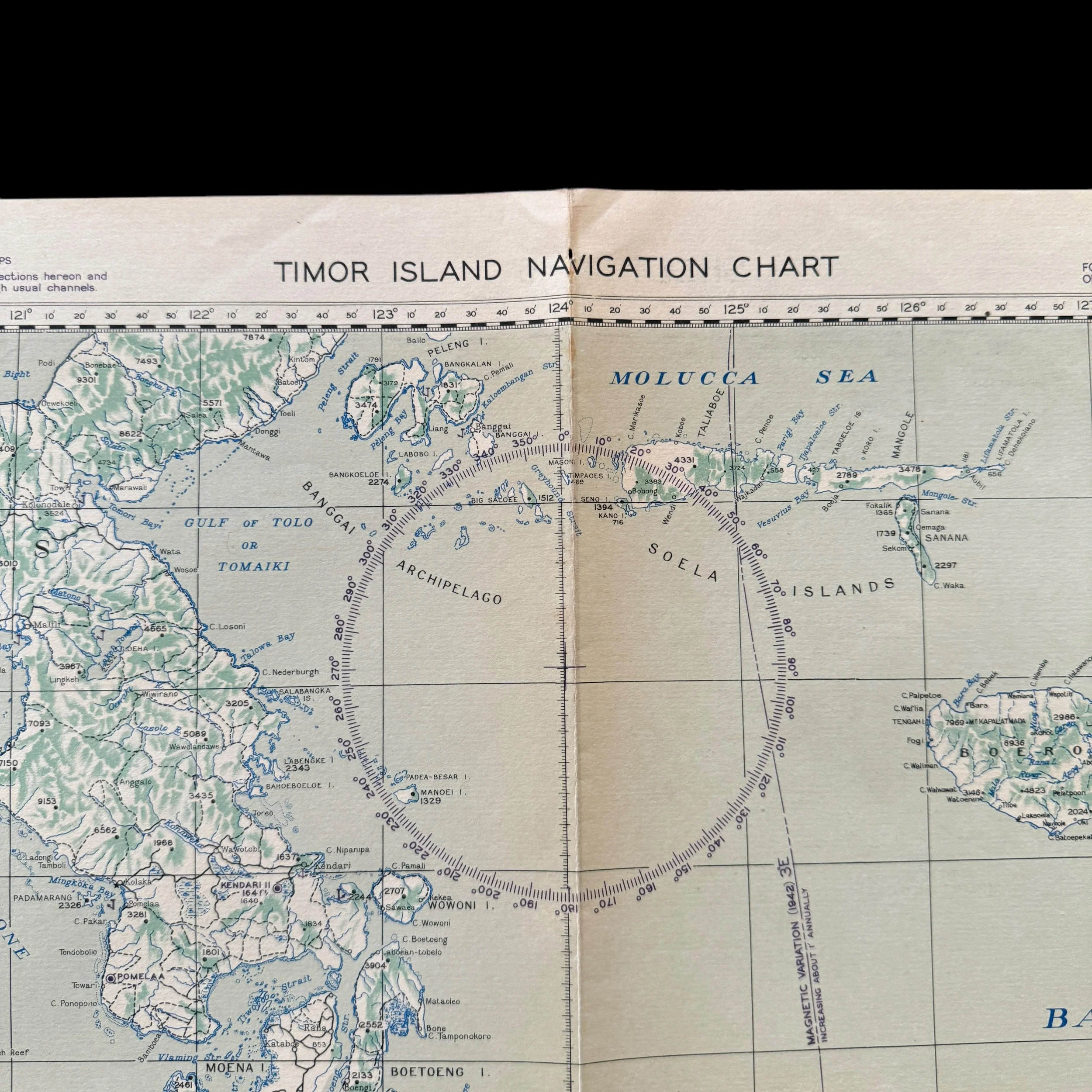
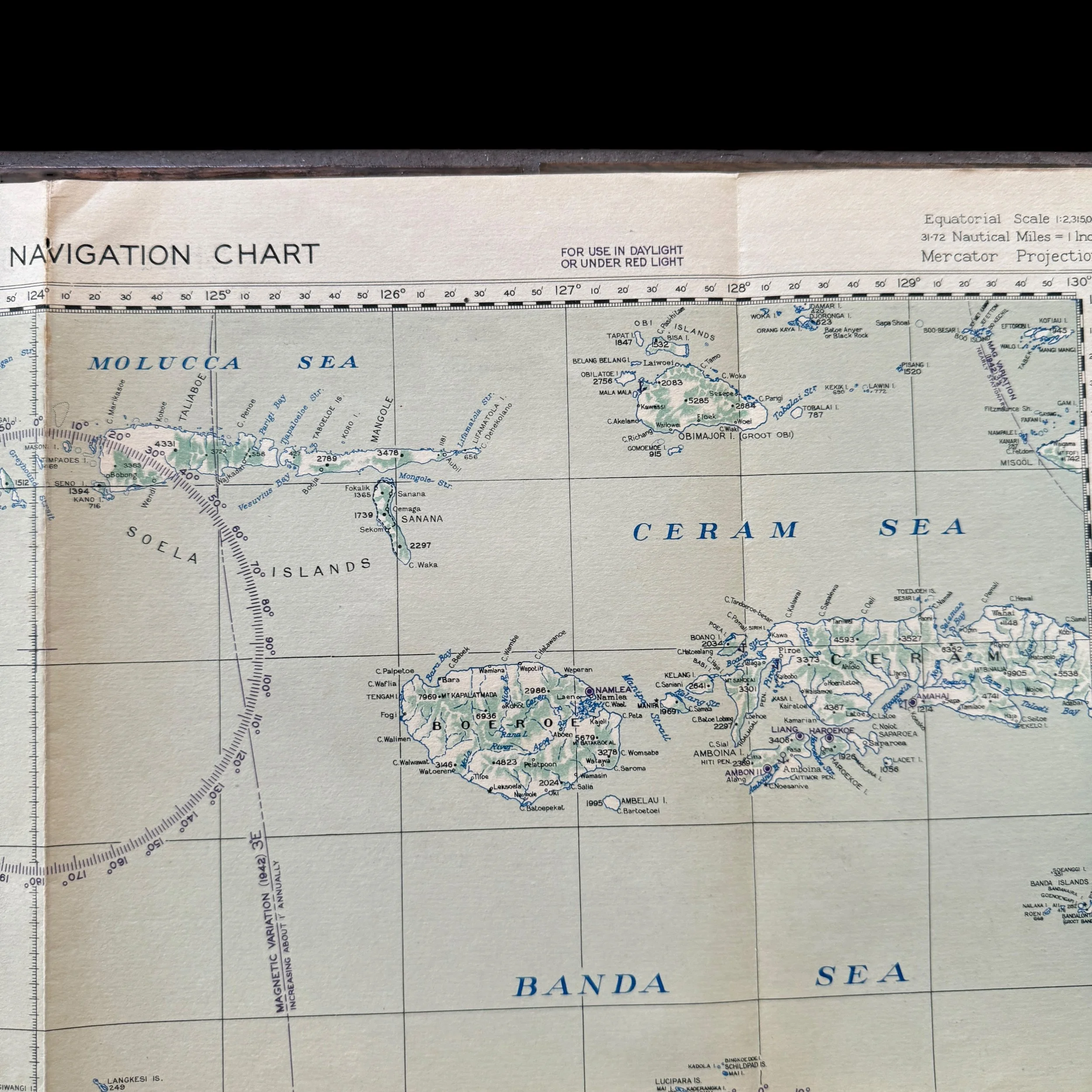
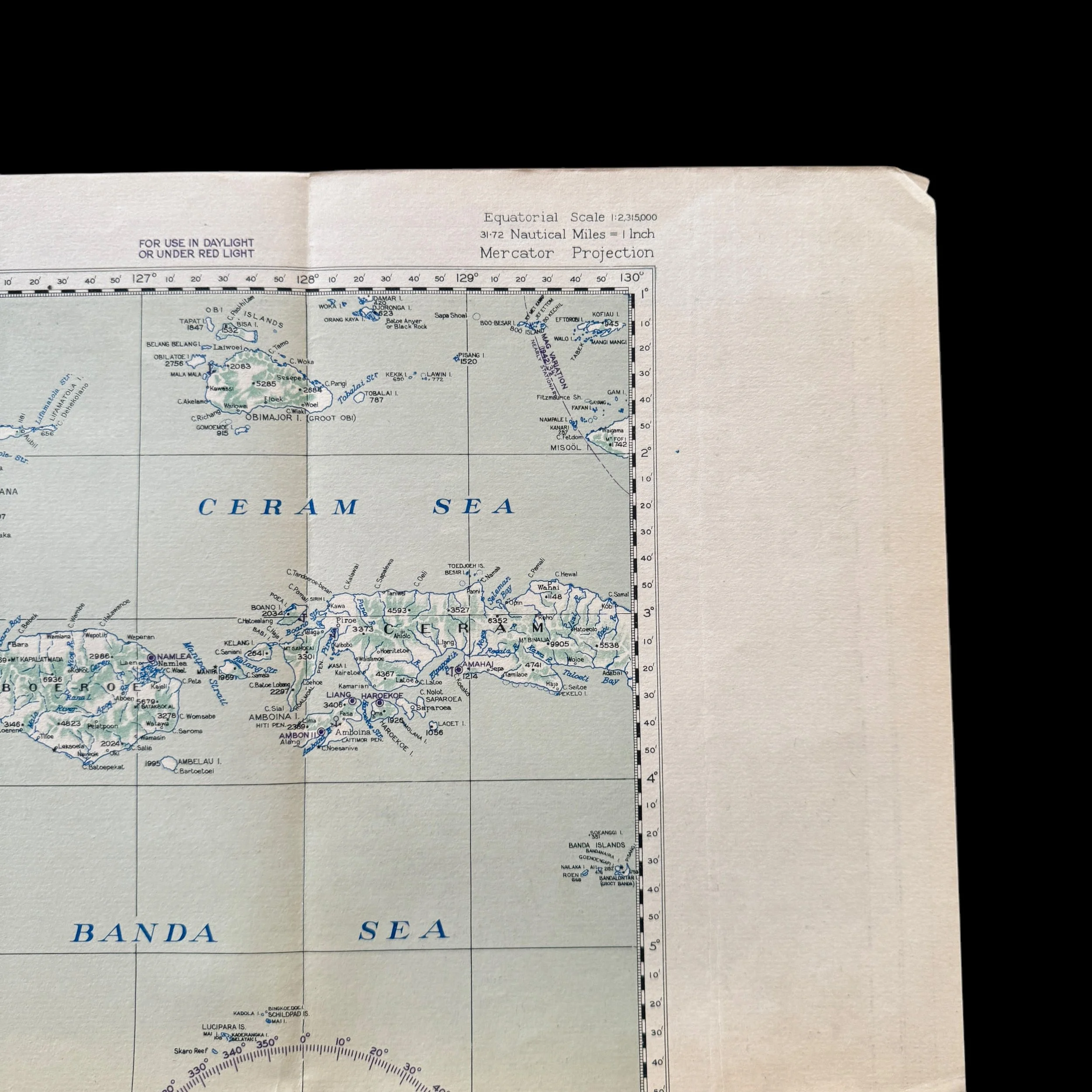




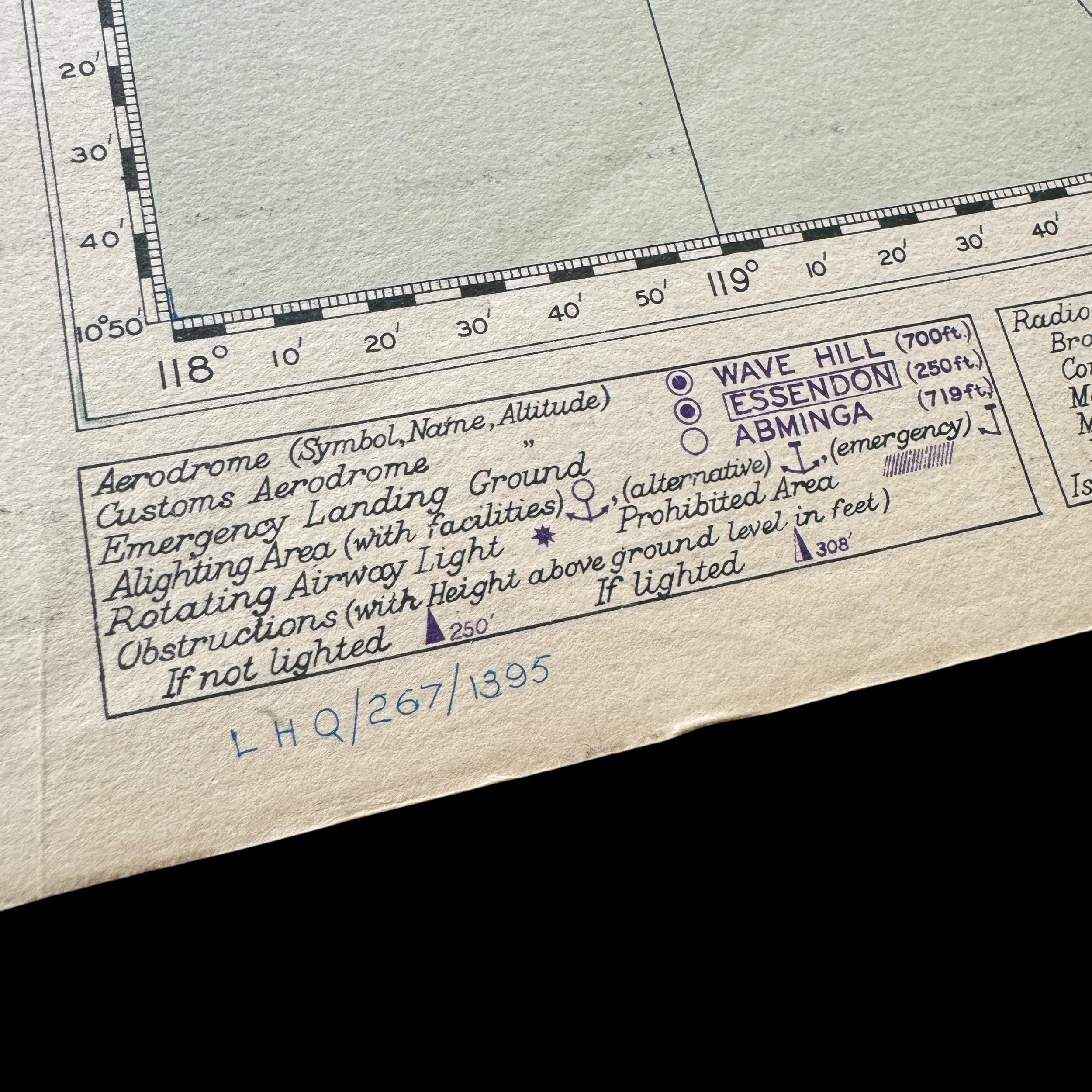
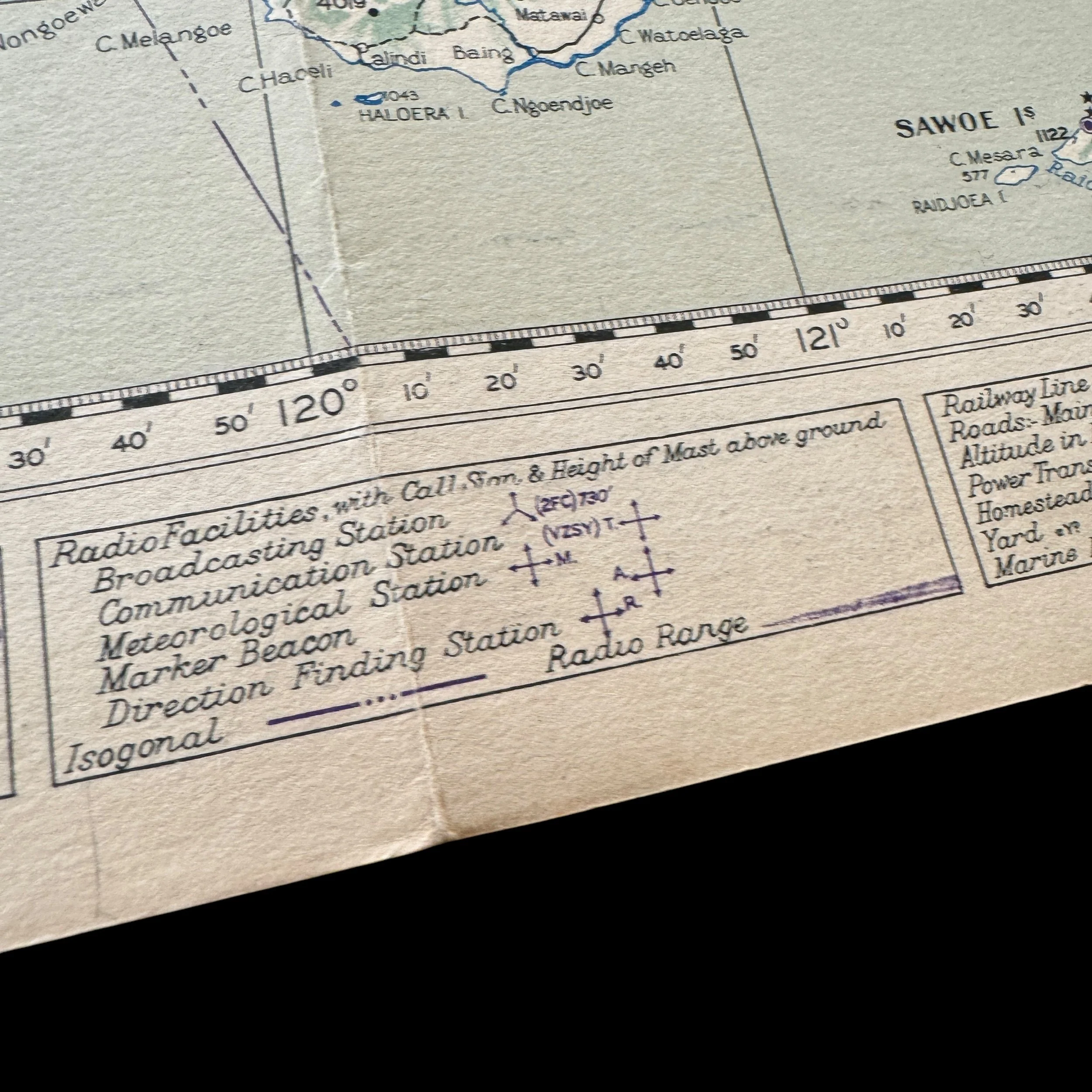
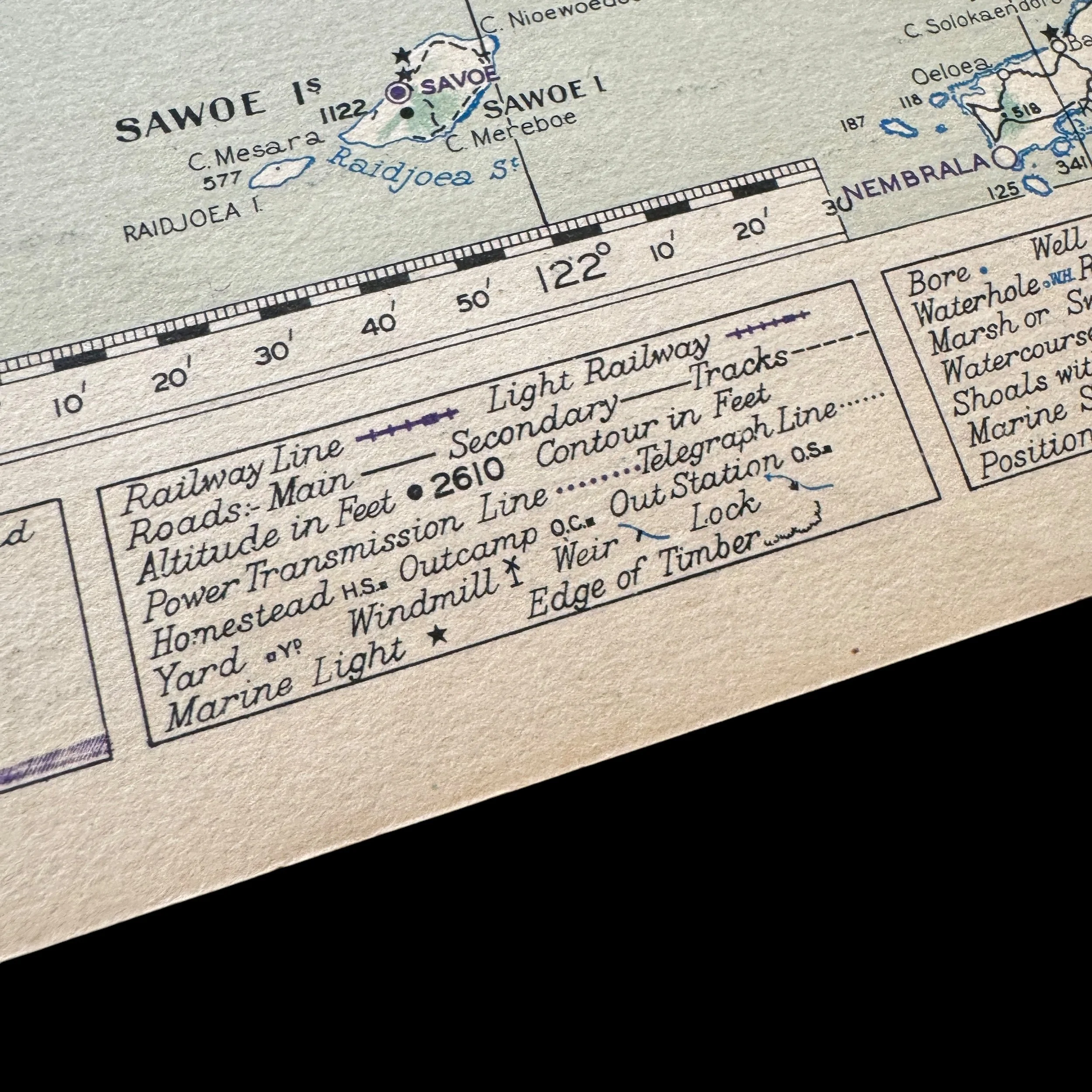
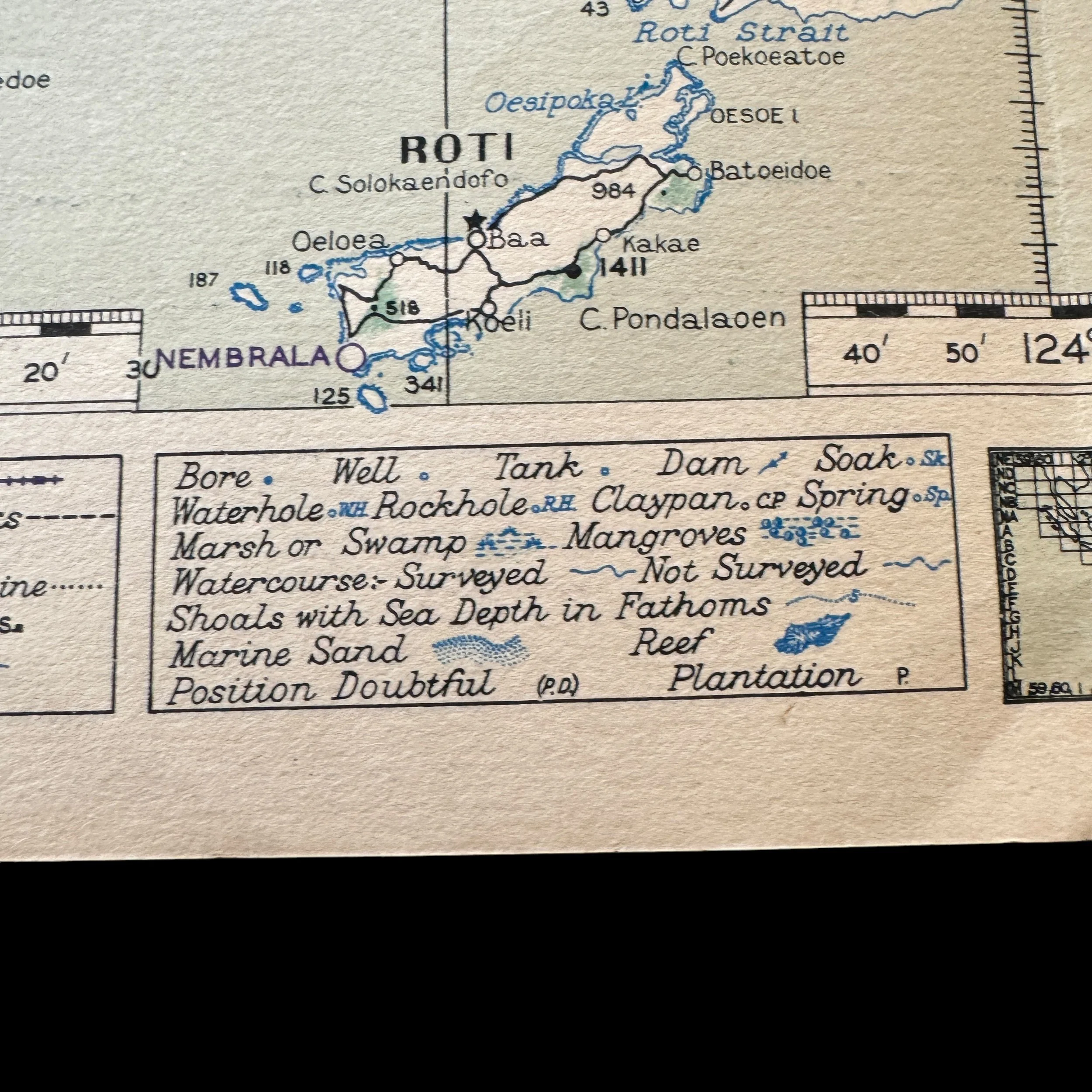
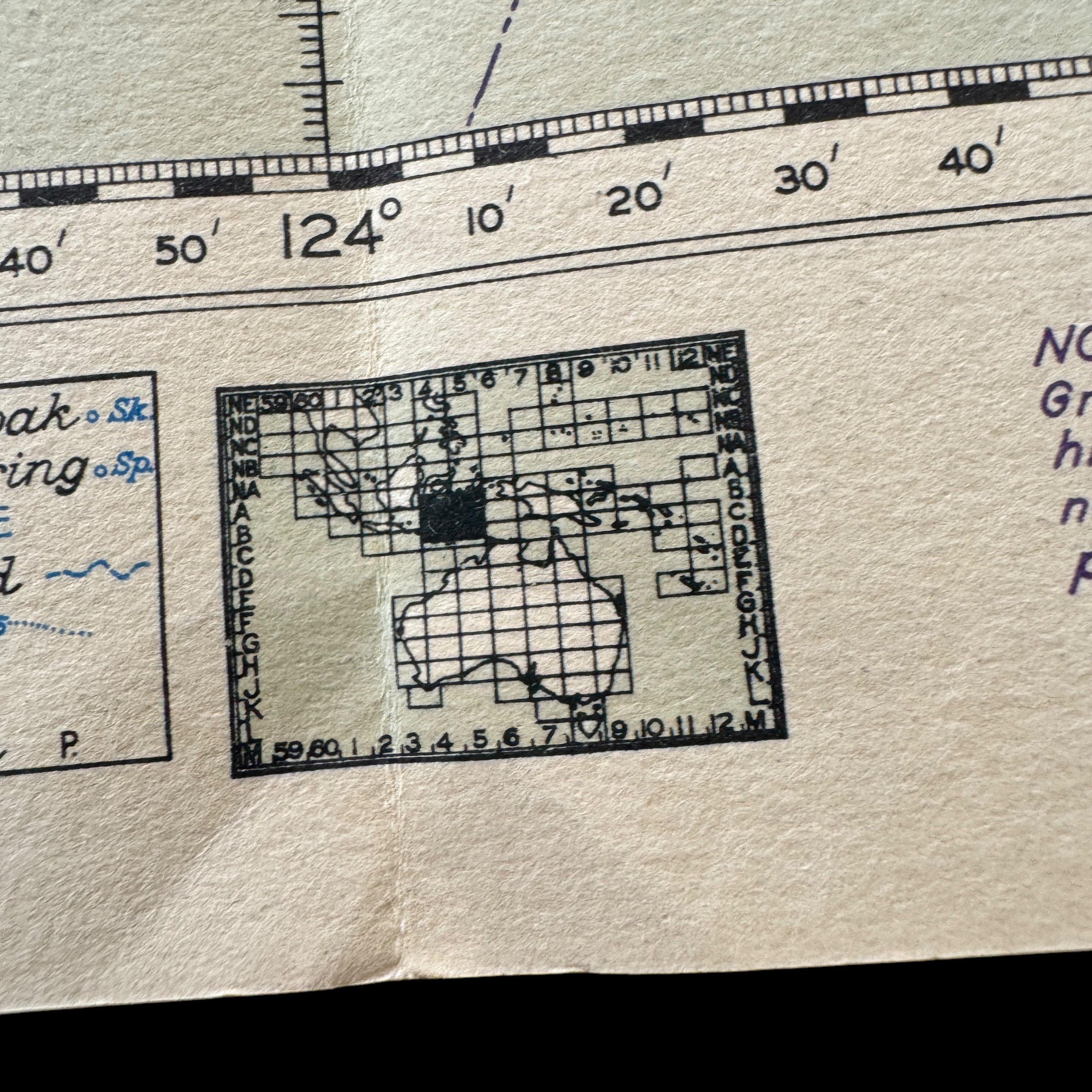
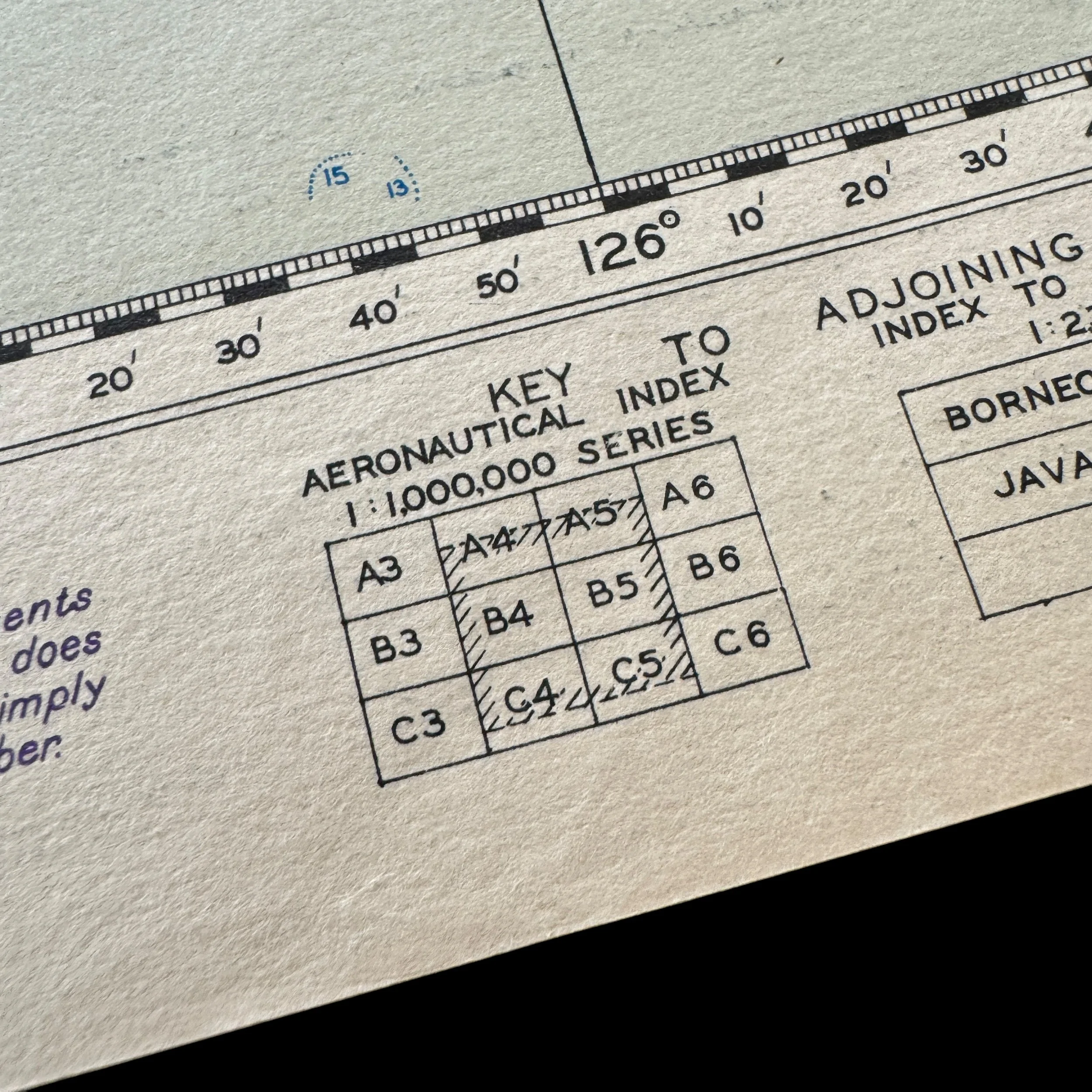






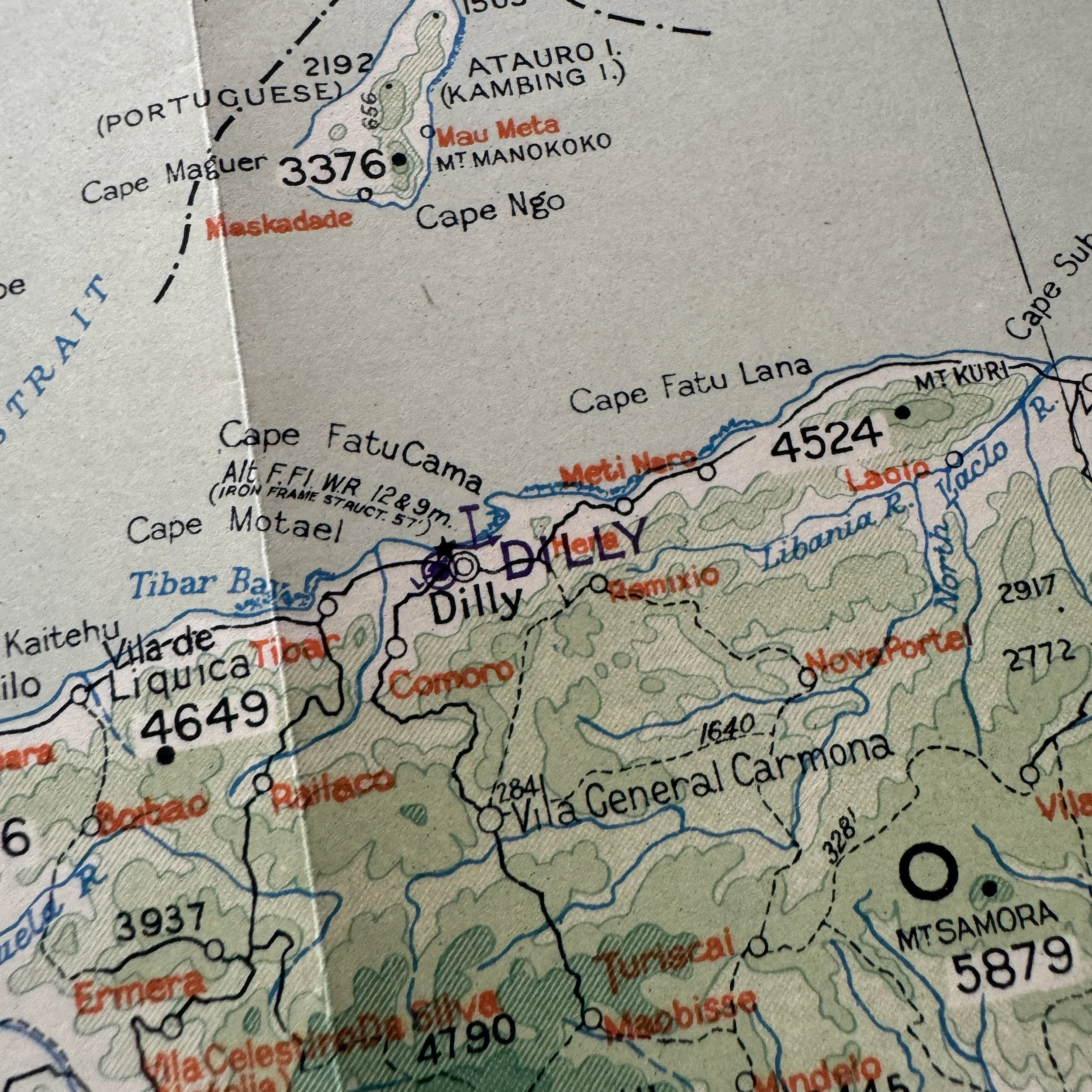
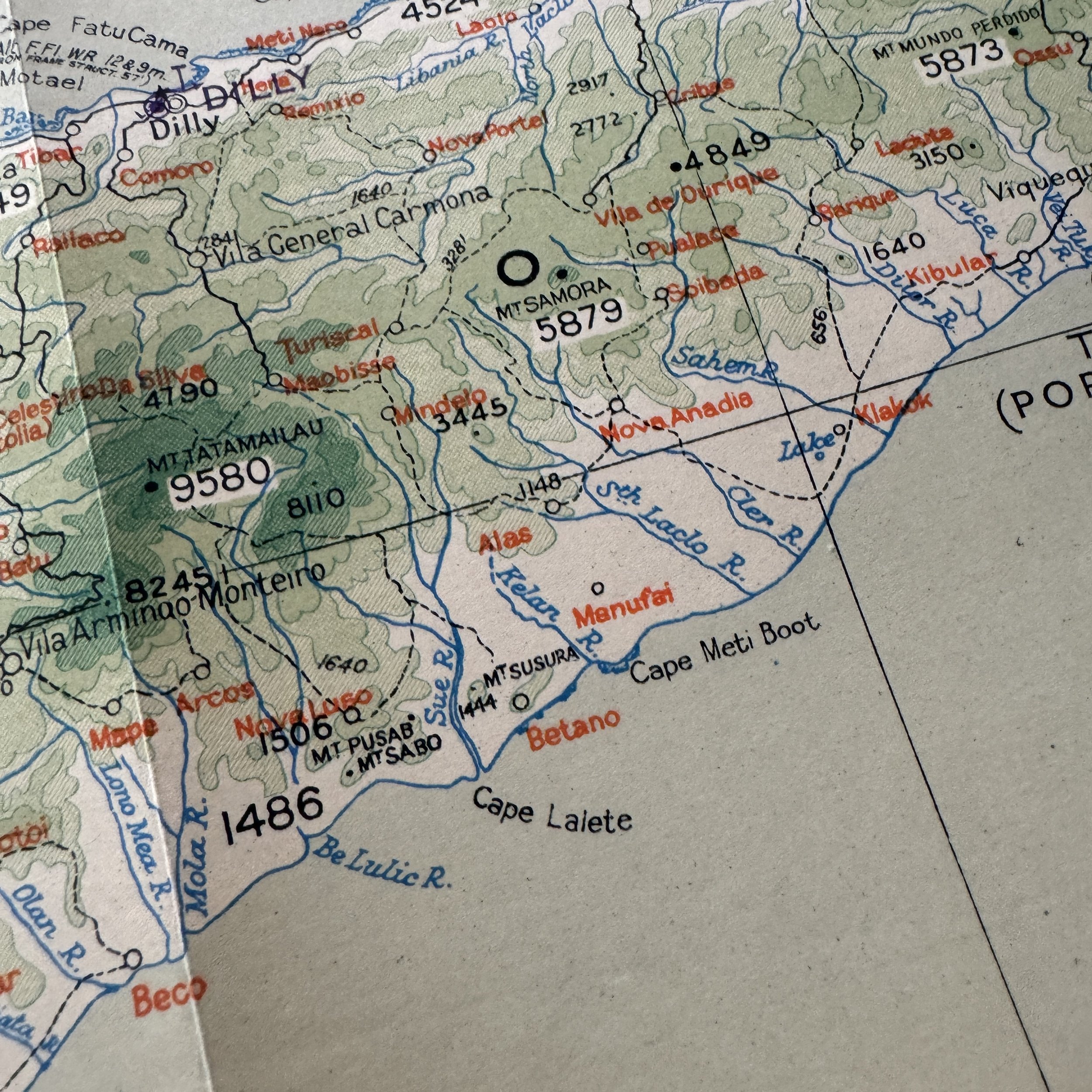







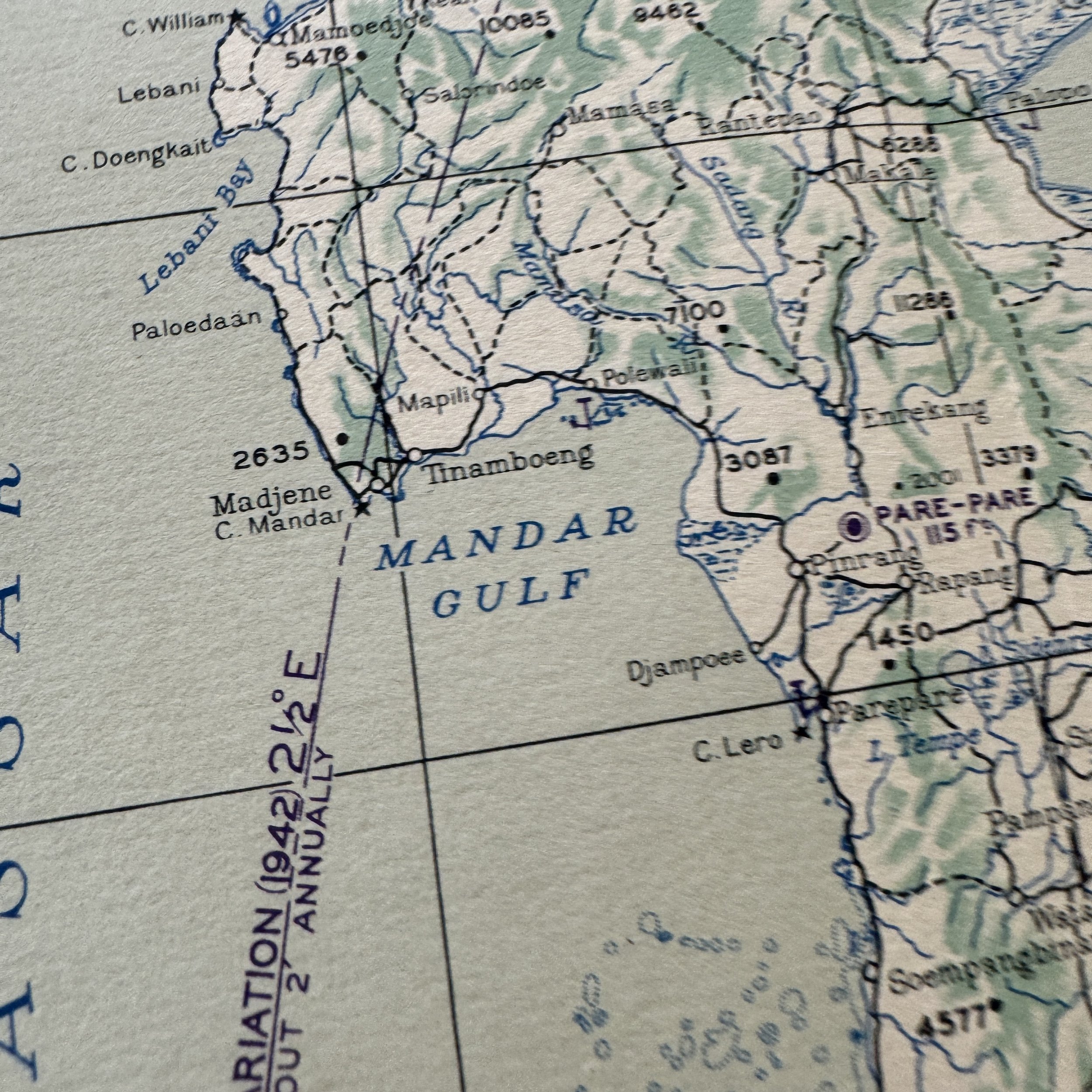
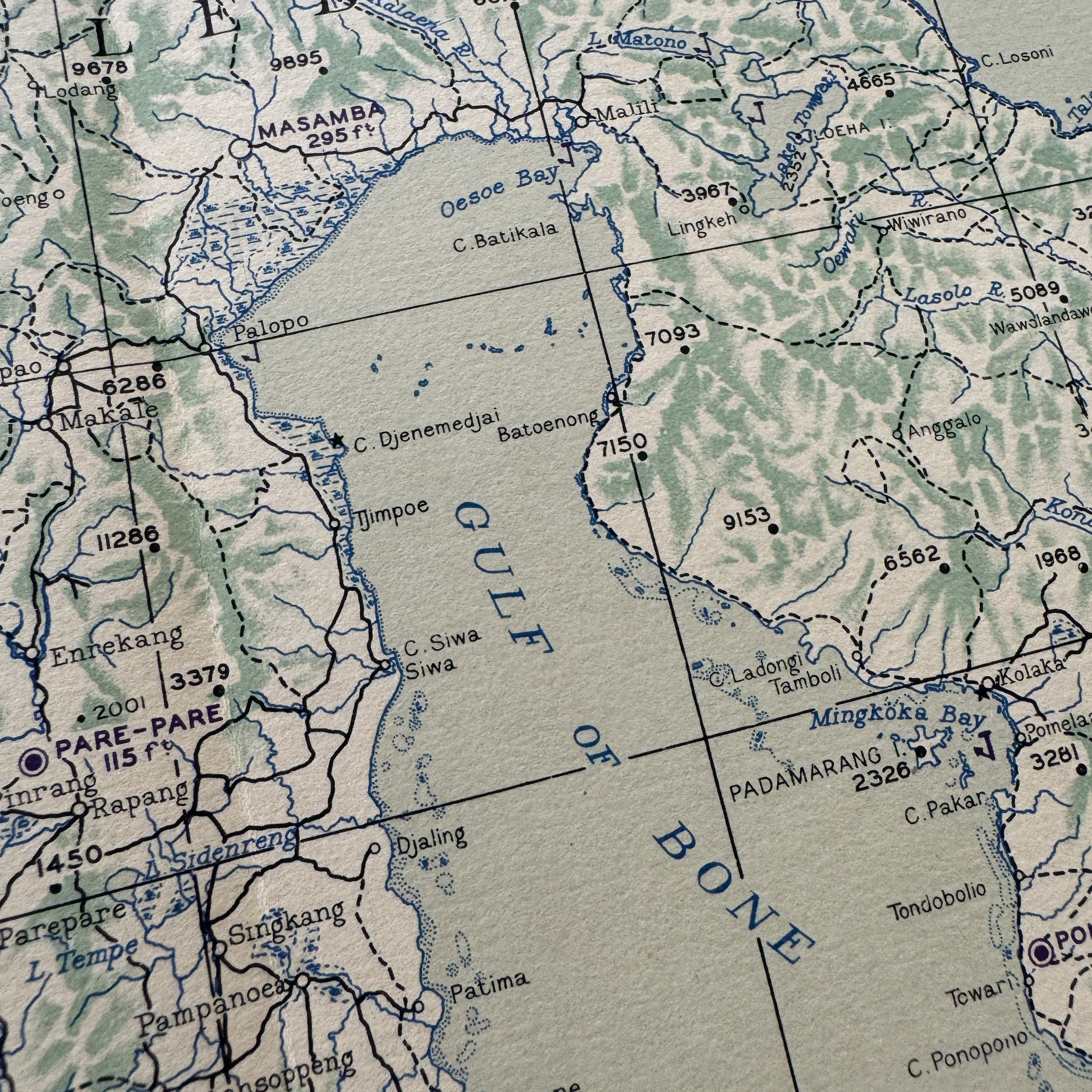



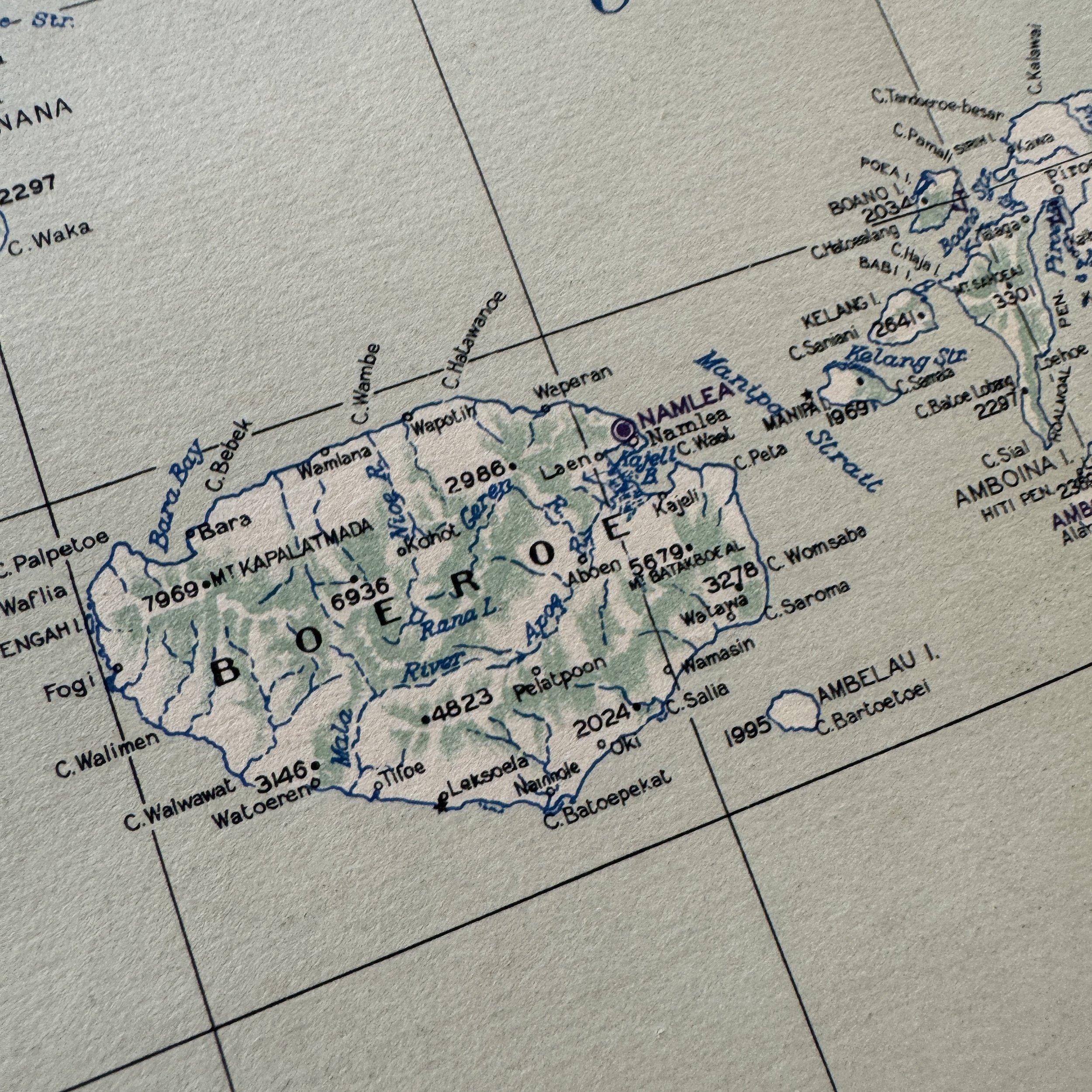

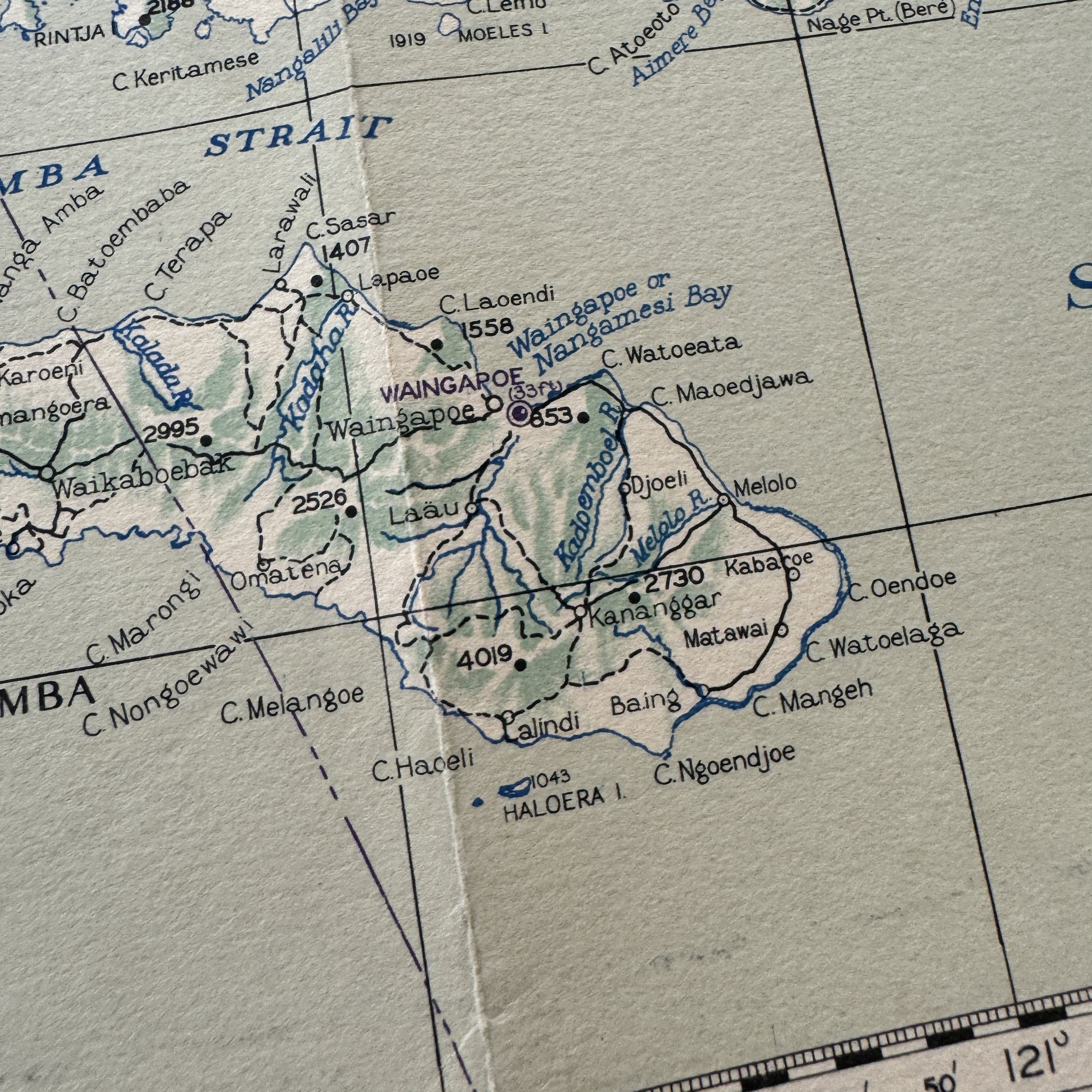



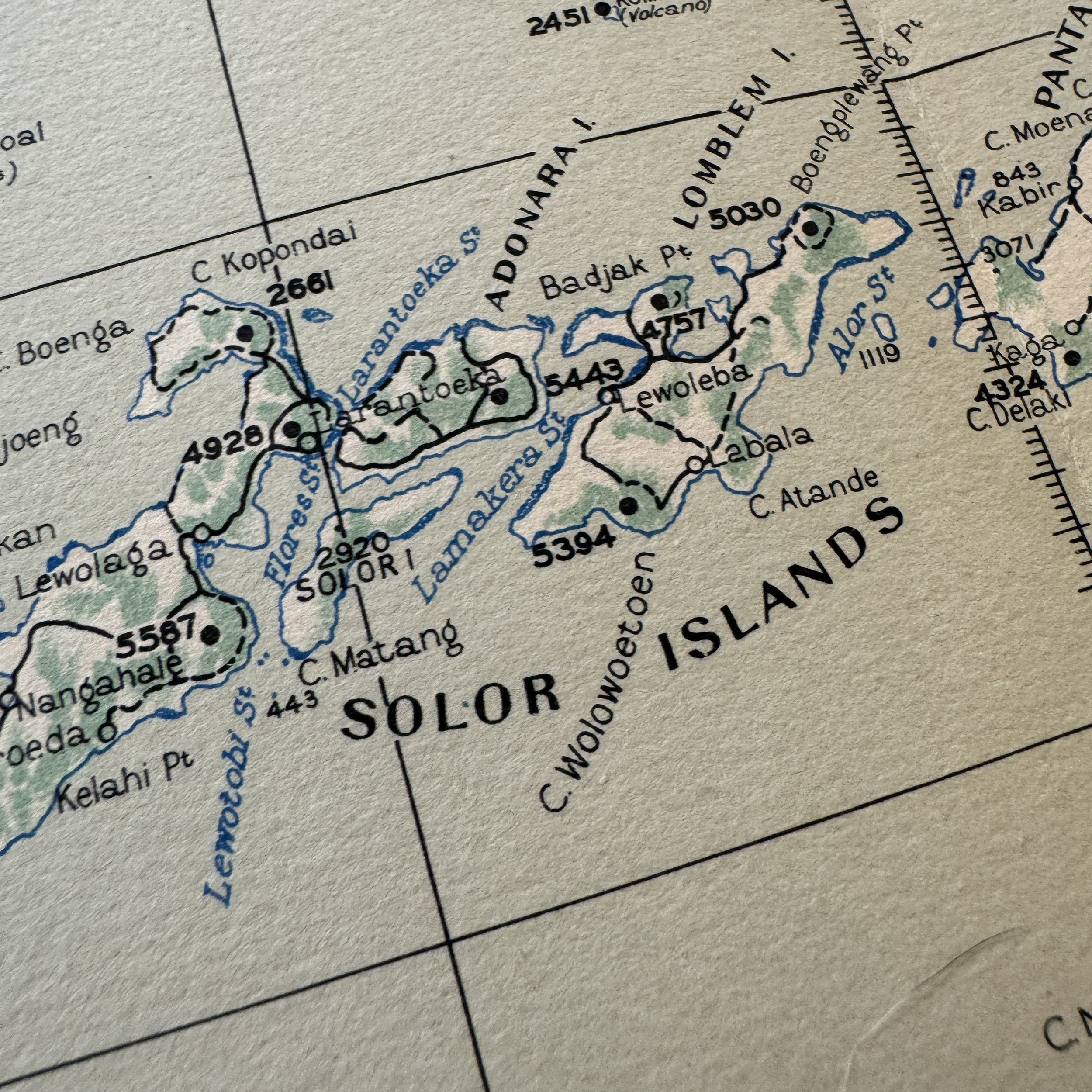




EXTREMELY RARE! WWII 1944 Celebes & Timor Island U.S. 5th Air Force Southwest Pacific Theater Combat Flight Navigation Map (Specially Produced For U.S. 5th Air Force Missions)
Comes with hand-signed C.O.A. and a full historical write-up
*From the World War II Pacific Theater Bring-Back Collection of a U.S. Fifth Air Force Veteran.
Type: Original World War II U.S. Army Air Force Combat Flight Navigation Map Specially Prepared for the U.S. 5th Air Force by South West Pacific Area Command.
Campaign/Operations: Pacific Theater - Celebes & Timor Island
From 1944 through 1945, the U.S. Fifth Air Force, under General George Kenney, played a crucial role in the Southwest Pacific Theater, conducting extensive bombing and interdiction missions against Japanese forces in the Netherlands East Indies, including Celebes (Sulawesi) and Timor Island. As part of MacArthur’s strategy to isolate and neutralize Japanese strongholds, the Fifth Air Force launched sustained B-24 Liberator bombing raids on key Japanese airfields and naval facilities in Makassar and Kendari (Celebes) and Koepang (Timor) to destroy infrastructure and prevent their use in defending the Philippines. From early 1944, aircraft from Noemfoor and Morotai air bases in New Guinea and the Moluccas carried out reconnaissance and precision strikes, crippling Japanese supply lines and airpower. In early 1945, the Fifth Air Force intensified attacks on Japanese shipping in the Celebes and Banda Seas, sinking troop transports and reinforcing naval blockades that starved Japanese garrisons of food, fuel, and ammunition. By mid-1945, these operations had effectively neutralized Japanese forces in Celebes and Timor, leaving them isolated and unable to contribute to the broader war effort.
Date: January 1944
Size: 21.5 × 30 inches
The U.S. Fifth Air Force played a critical role in the Southwest Pacific Theater from 1944 through 1945, conducting extensive air operations over Celebes (Sulawesi) and Timor Island as part of General Douglas MacArthur’s island-hopping strategy. Throughout this period, the Fifth Air Force launched relentless strategic bombing missions, air interdiction campaigns, and close air support operations to neutralize entrenched Japanese forces and disrupt their ability to reinforce key strongholds in the Netherlands East Indies. As part of these efforts, U.S. bombers targeted Japanese airfields, supply depots, and troop concentrations across Celebes and Timor, preventing the Japanese from using these islands as operational bases to defend the Philippines and Borneo. The campaign was marked by repeated B-24 Liberator bombing raids on Japanese strongholds in Makassar, Kendari, and Koepang, as well as fighter-bomber strikes that decimated Japanese shipping convoys attempting to resupply their isolated garrisons.
A vital component of these operations was the use of detailed combat flight navigation maps, such as this rare and museum-grade original U.S. Army Air Force combat flight navigation map, dated January 1944, specifically prepared for the Fifth Air Force by the Ground Headquarters of the South West Pacific Area. These double-sided combat maps were essential for mission planning, navigation, and targeting, providing pilots with accurate topographical intelligence, enemy airfield locations, and detailed reconnaissance data gathered from aerial surveillance. The use of such navigation maps ensured the success of long-range air strikes, allowing bombers to precisely hit enemy infrastructure while avoiding heavily fortified anti-aircraft defenses across the Celebes and Timor regions.
By early 1944, the Fifth Air Force had already begun preparatory air raids on Japanese-controlled Celebes, softening enemy defenses in anticipation of future operations. Bombing raids on Makassar and Kendari airfields systematically destroyed dozens of Japanese aircraft on the ground, denying them the ability to interfere with the Allied recapture of the Philippines later that year. These attacks intensified in late 1944 and early 1945, with P-38 Lightning and B-25 Mitchell squadrons executing precision strikes against supply depots, troop barracks, and naval facilities along the coastlines of Celebes and Timor, effectively crippling Japanese logistics. In early 1945, as part of broader efforts to cut off Japanese supply routes in the Netherlands East Indies, the Fifth Air Force conducted high-risk maritime interdiction missions in the Celebes and Banda Seas, sinking Japanese transports and oil tankers attempting to reinforce the region.
This combat flight navigation map, prepared under the South West Pacific Area Command, represents a rare surviving artifact directly linked to the aerial campaign over Celebes and Timor. These maps, developed using aerial reconnaissance intelligence and collaboration between the U.S. Fifth Air Force and the Royal Australian Air Force, provided critical data for executing long-range bombing missions, escort patrols, and airfield suppression operations. The significance of this map lies in its direct connection to high-stakes combat missions that turned the tide of the Pacific War, ensuring that Japan’s strategic positions in Celebes and Timor were effectively neutralized by mid-1945. With so few of these original combat navigation maps still in existence, this piece stands as a testament to the precision, strategy, and ingenuity that defined the U.S. Fifth Air Force’s air war in the Pacific, making it an exceptional and museum-grade historical relic of World War II.
Condensed 1944-1945 History of U.S. Fifth Air Force in the Pacific Theater:
The U.S. Fifth Air Force served as the aerial spearhead of General Douglas MacArthur’s island-hopping campaign from 1944 to 1945, playing a critical role in securing air superiority, conducting strategic bombing, and providing close air support for ground forces across the Pacific. As MacArthur’s forces advanced toward the Philippines and ultimately Japan, the Fifth Air Force was responsible for neutralizing key Japanese strongholds, disrupting enemy supply lines, and ensuring the success of amphibious landings. Throughout 1944, the Fifth Air Force was heavily engaged in the New Guinea Campaign, supporting operations in Hollandia (April 1944), Biak (May–June 1944), Noemfoor (July 1944), and Morotai (September 1944). These battles secured critical airfields, allowing the Allies to extend their operational reach further into the Pacific. The Admiralty Islands campaign (February–May 1944)was another key operation, during which the Fifth Air Force conducted extensive bombing raids and fighter sweeps to eliminate Japanese resistance on Los Negros and Manus Island. These islands provided the Allies with forward bases to launch further operations against the Philippines. By late 1944, the Fifth Air Force was instrumental in the Philippines Campaign, beginning with the Battle of Leyte Gulf (October 1944), where it conducted bombing raids on enemy airfields and provided air cover for naval and ground forces. As the campaign progressed into Luzon (January 1945), Mindoro, and Mindanao, Fifth Air Force aircraft engaged in relentless airstrikes against Japanese defensive positions, shipping convoys, and troop concentrations. Throughout these operations, the Fifth Air Force employed a variety of aircraft, including P-38 Lightnings, B-24 Liberators, B-25 Mitchells, and A-20 Havocs, to strike Japanese airfields, infrastructure, and reinforcements across islands such as Palawan, Cebu, Panay, and Borneo. As the war neared its end in mid-1945, the Fifth Air Force continued its air campaigns against Formosa (Taiwan) and the Ryukyu Islands, ensuring that Japan’s ability to counter the Allied advance was further diminished. By securing these islands, the Fifth Air Force played a decisive role in paving the way for the final stages of the Pacific War, culminating in the liberation of the Philippines and the eventual planning for an invasion of Japan.
19th Bombardment Group
22nd Bombardment Group
2d Combat Cargo Group
312th Bombardment Group
317th Troop Carrier Group
345th Bombardment Group
348th Fighter Group
35th Fighter Group
374th Troop Carrier Group
375th Troop Carrier Group
380th Bombardment Group
38th Bombardment Group
3rd Air Commando Group
3rd Bombardment Group
417th Bombardment Group
433rd Troop Carrier Group
43rd Bombardment Group
475th Fighter Group
49th Fighter Group
54th Troop Carrier Wing
58th Fighter Group
6th Reconnaissance Group
71st Reconnaissance Group
85th Fighter Wing
86th Fighter Wing
8th Fighter Group
90th Bombardment Group
91st Reconnaissance Wing
V Bomber Command
V Fighter Command